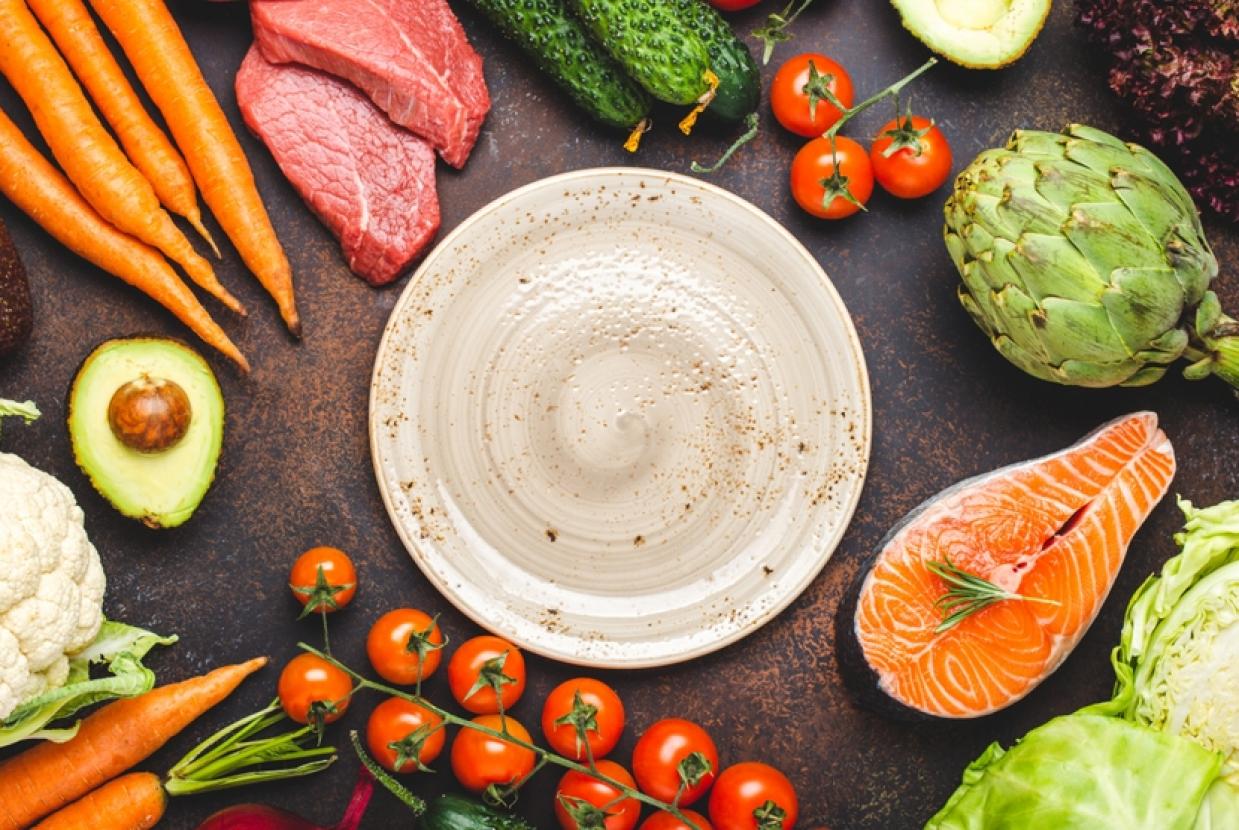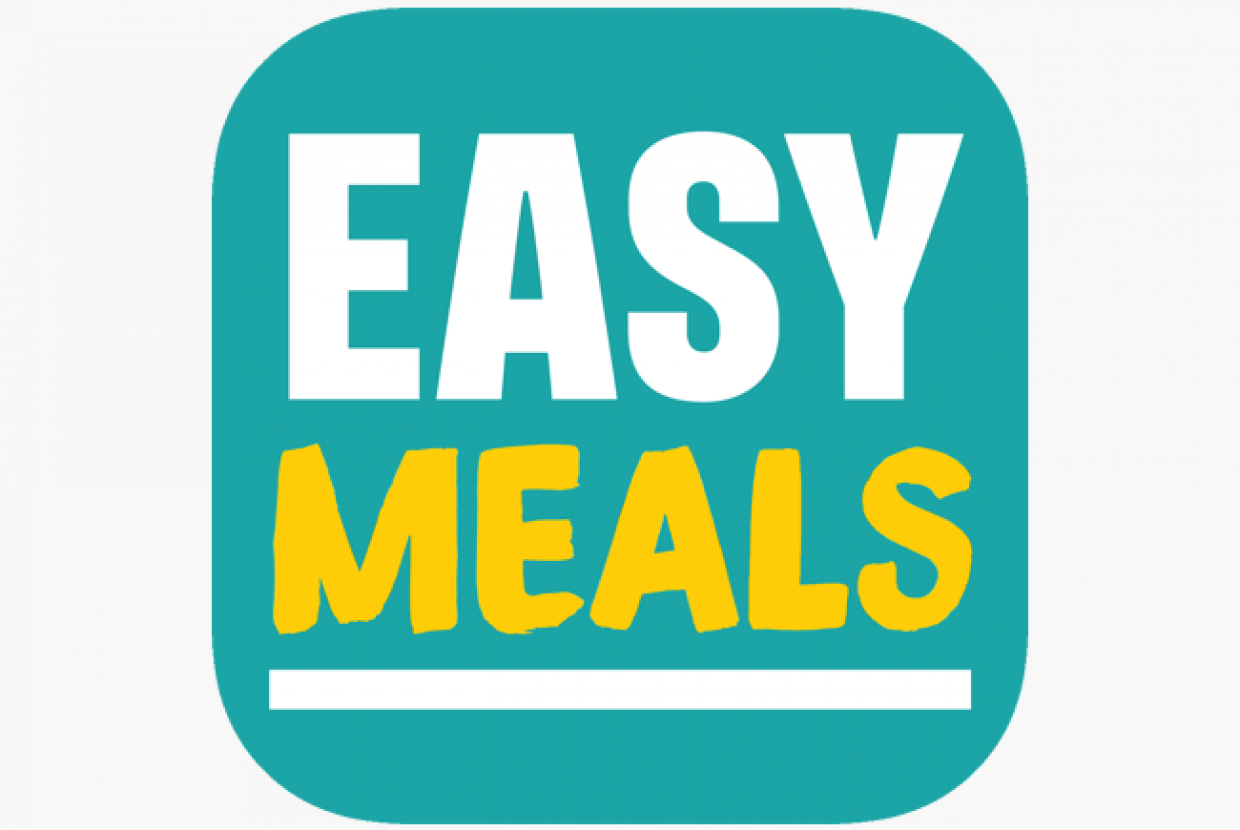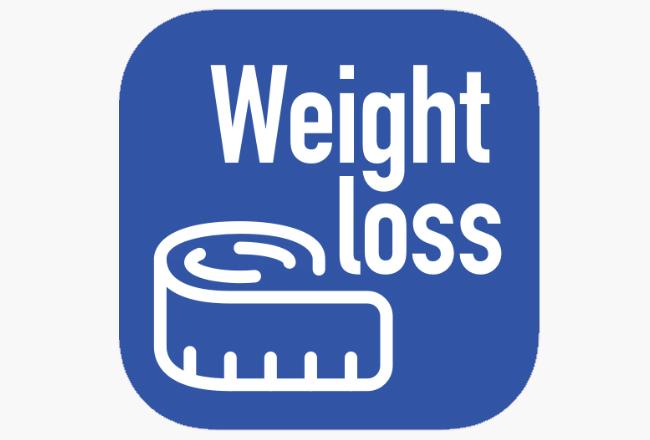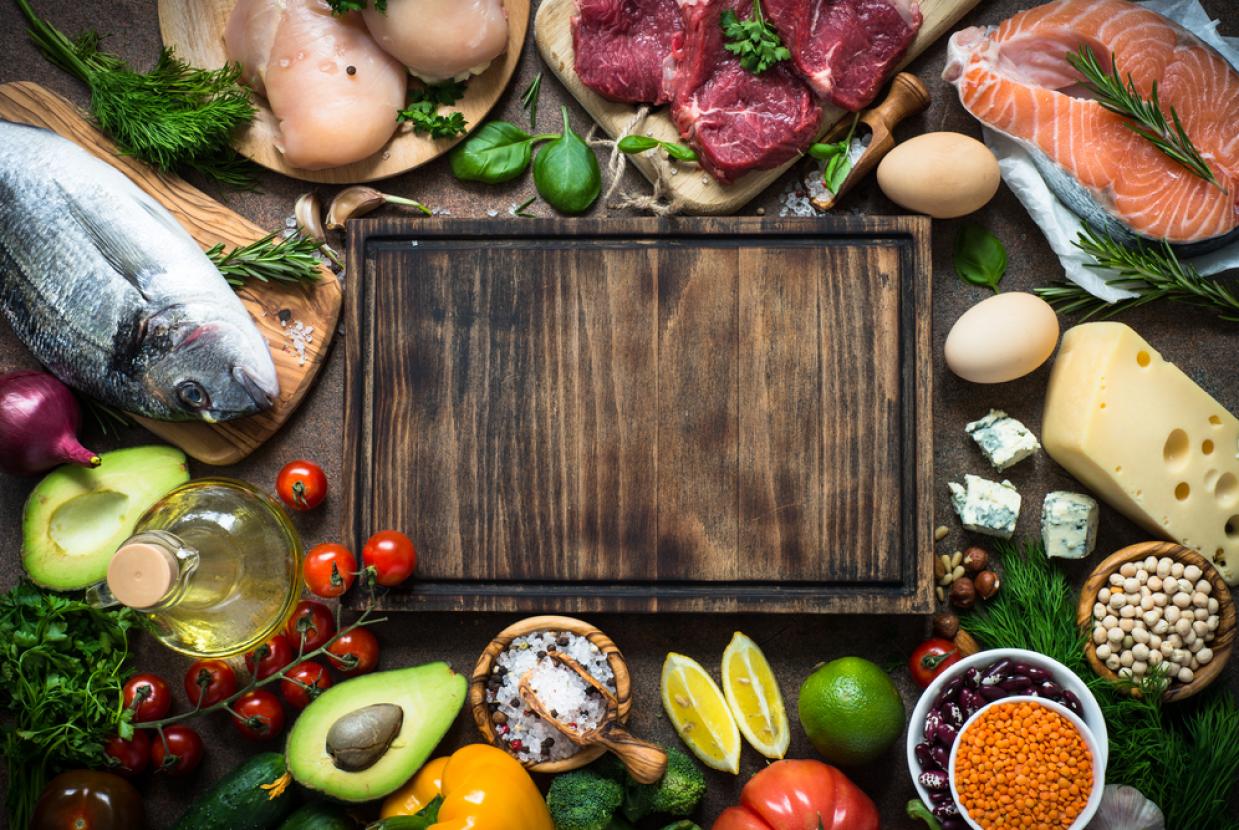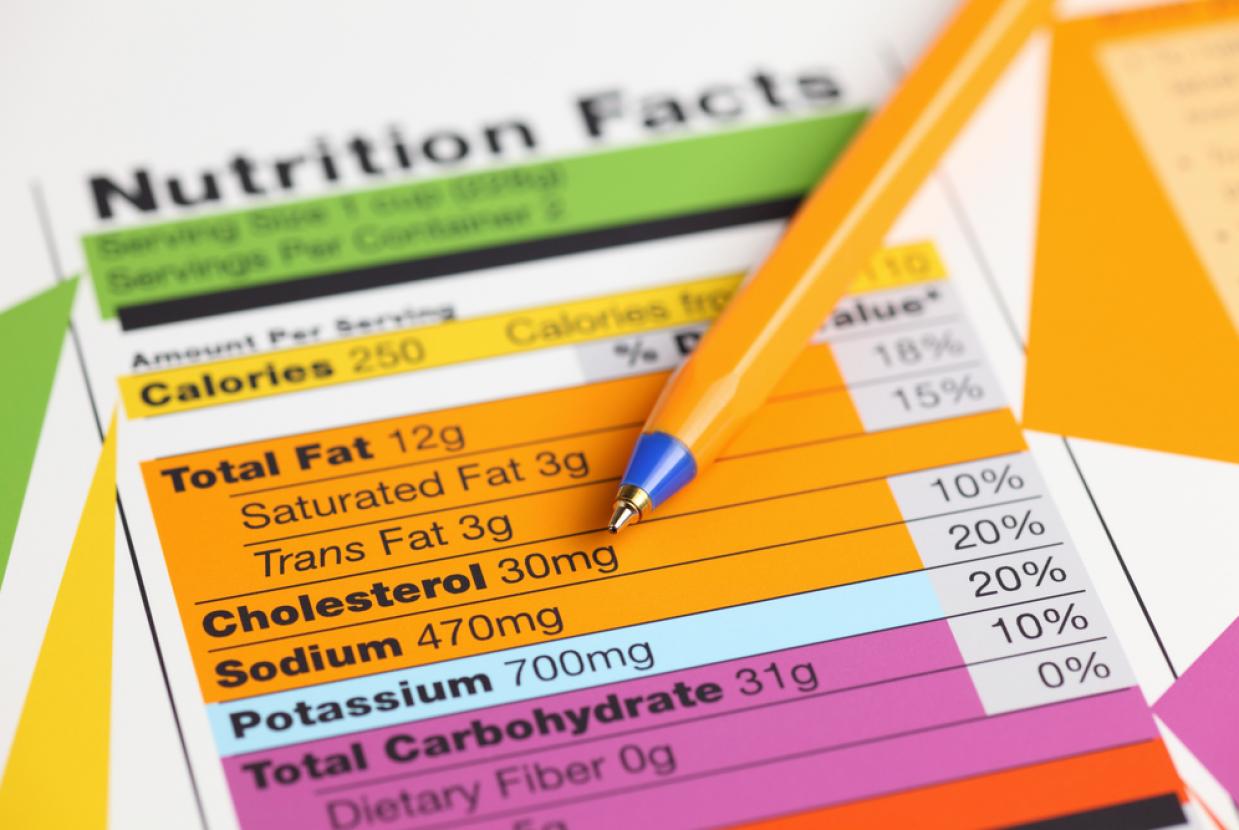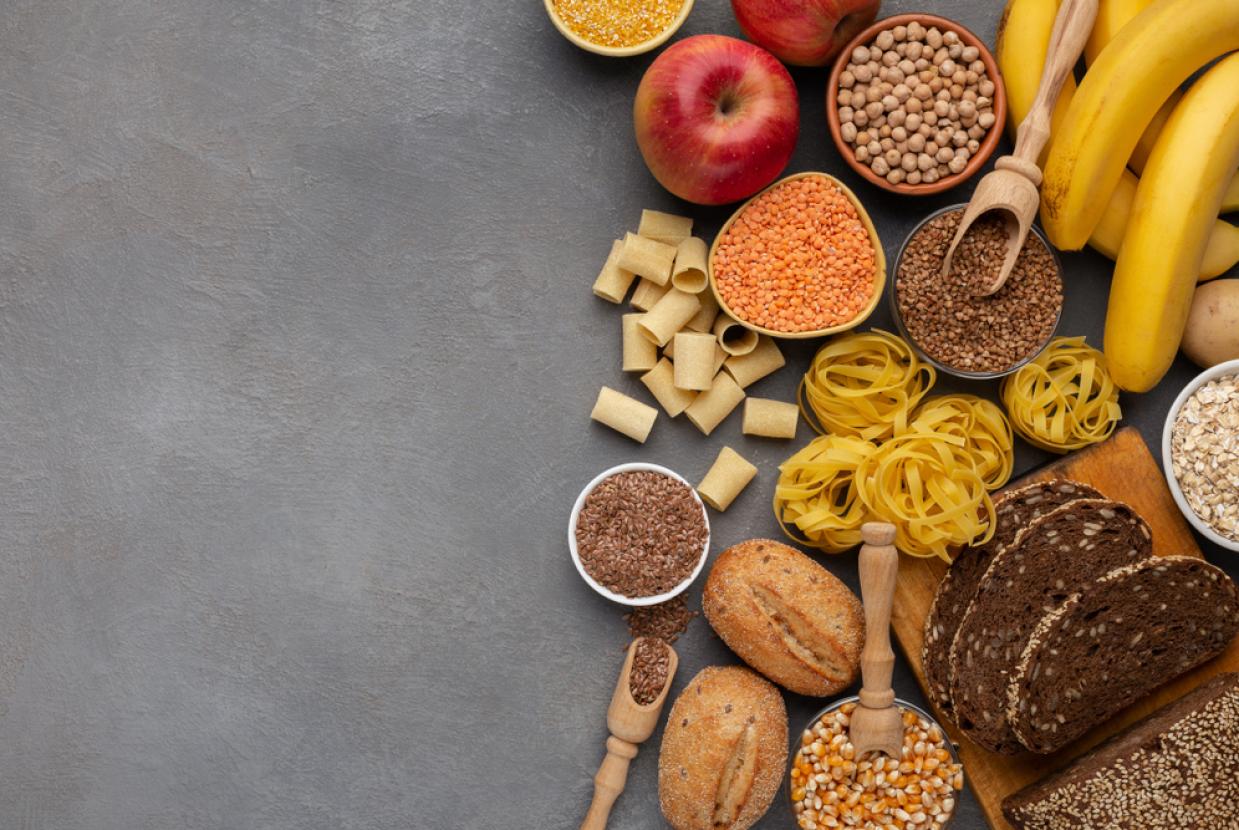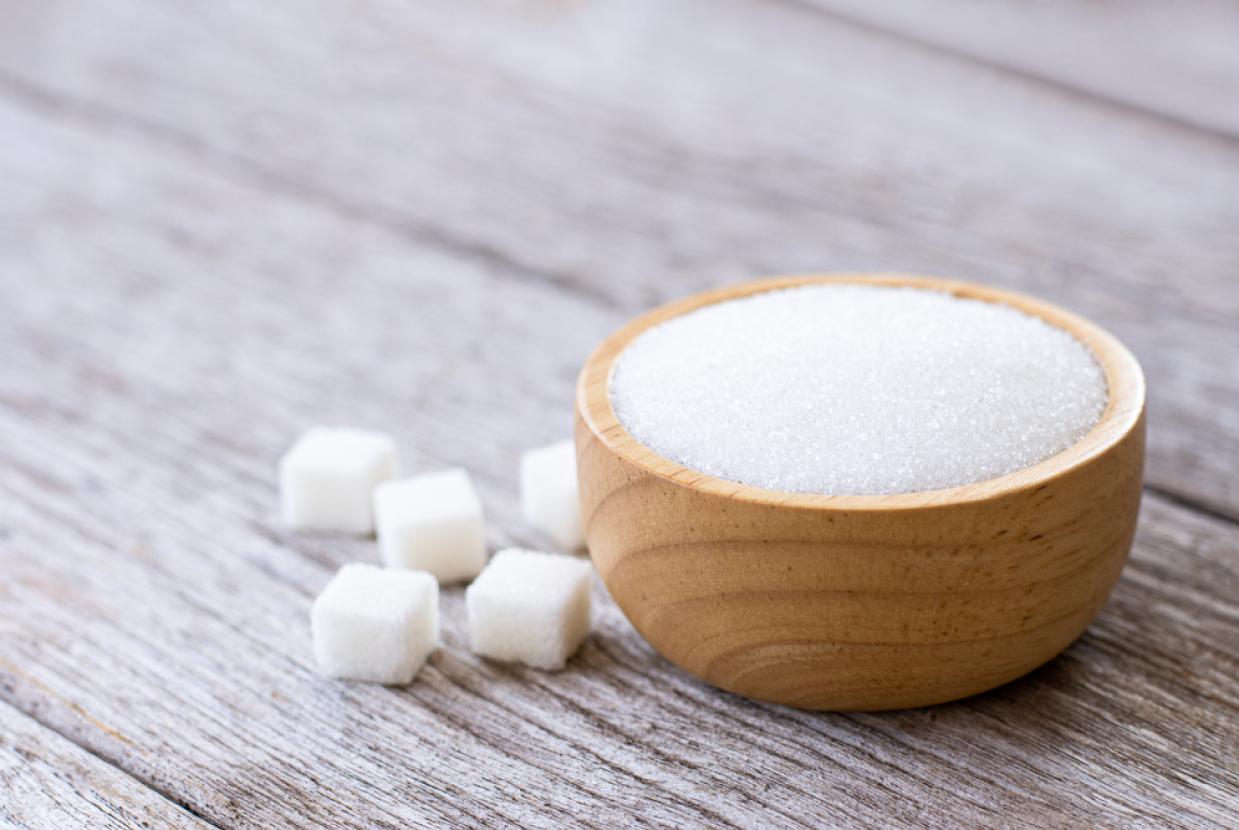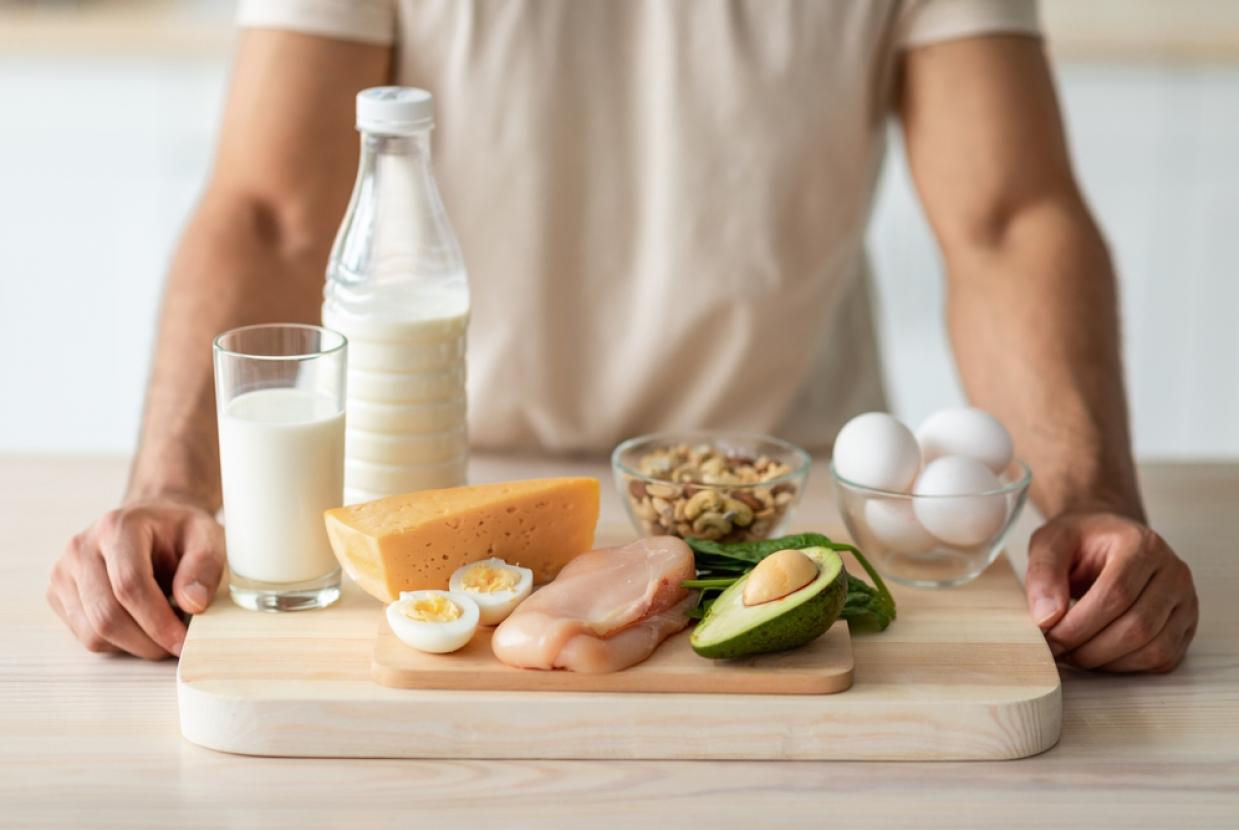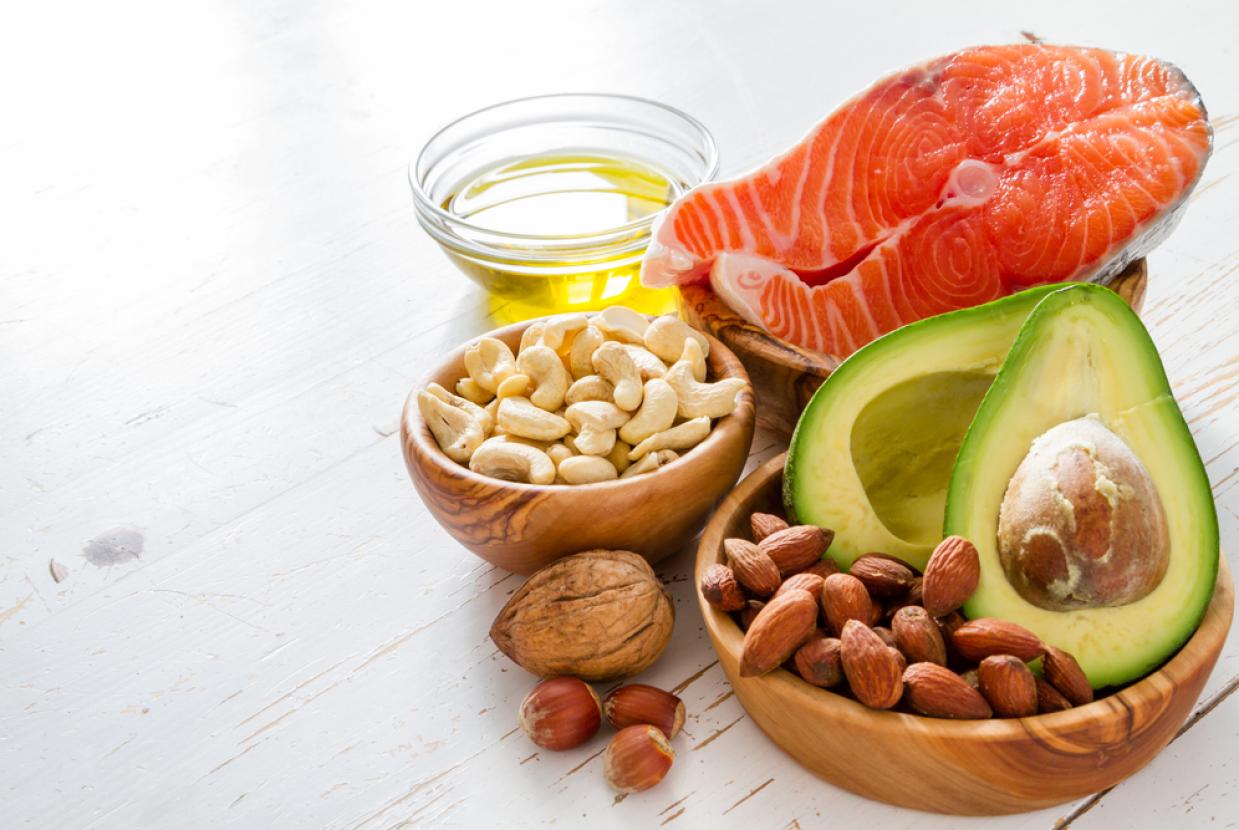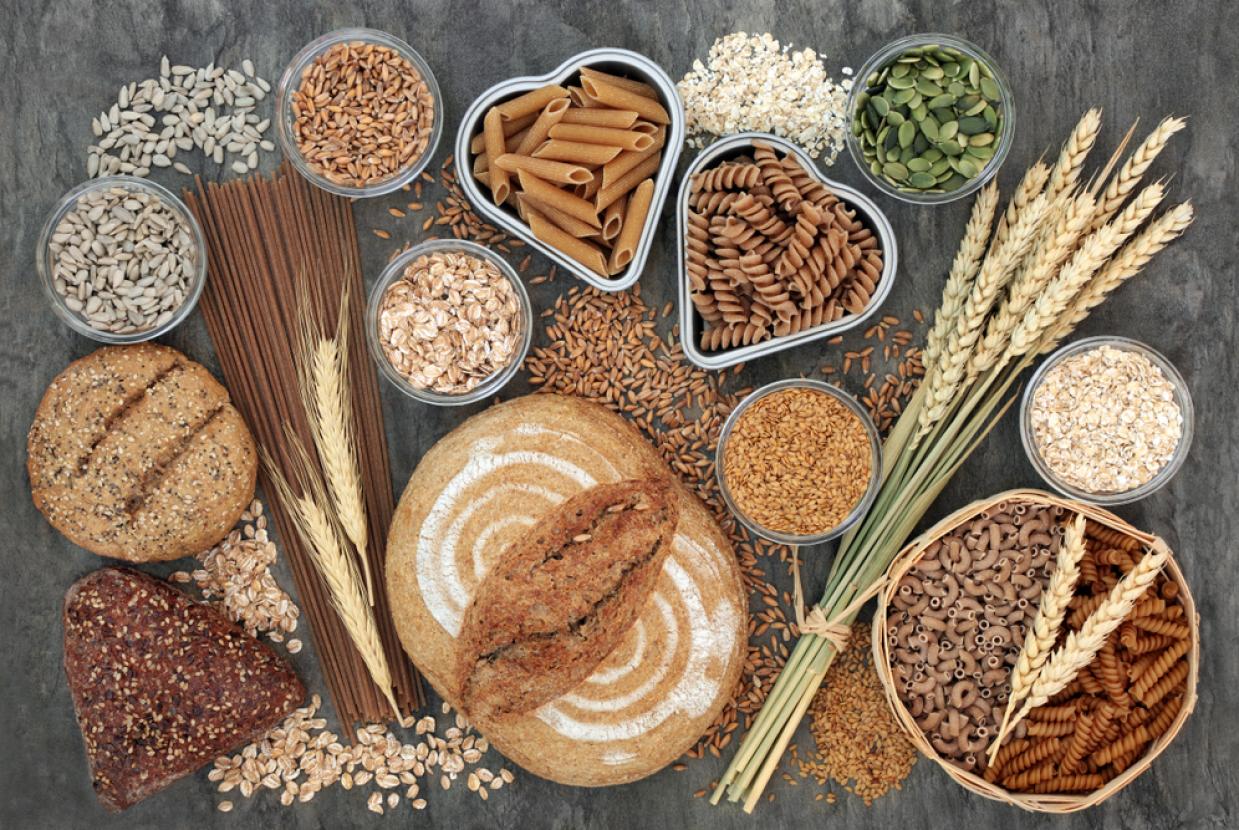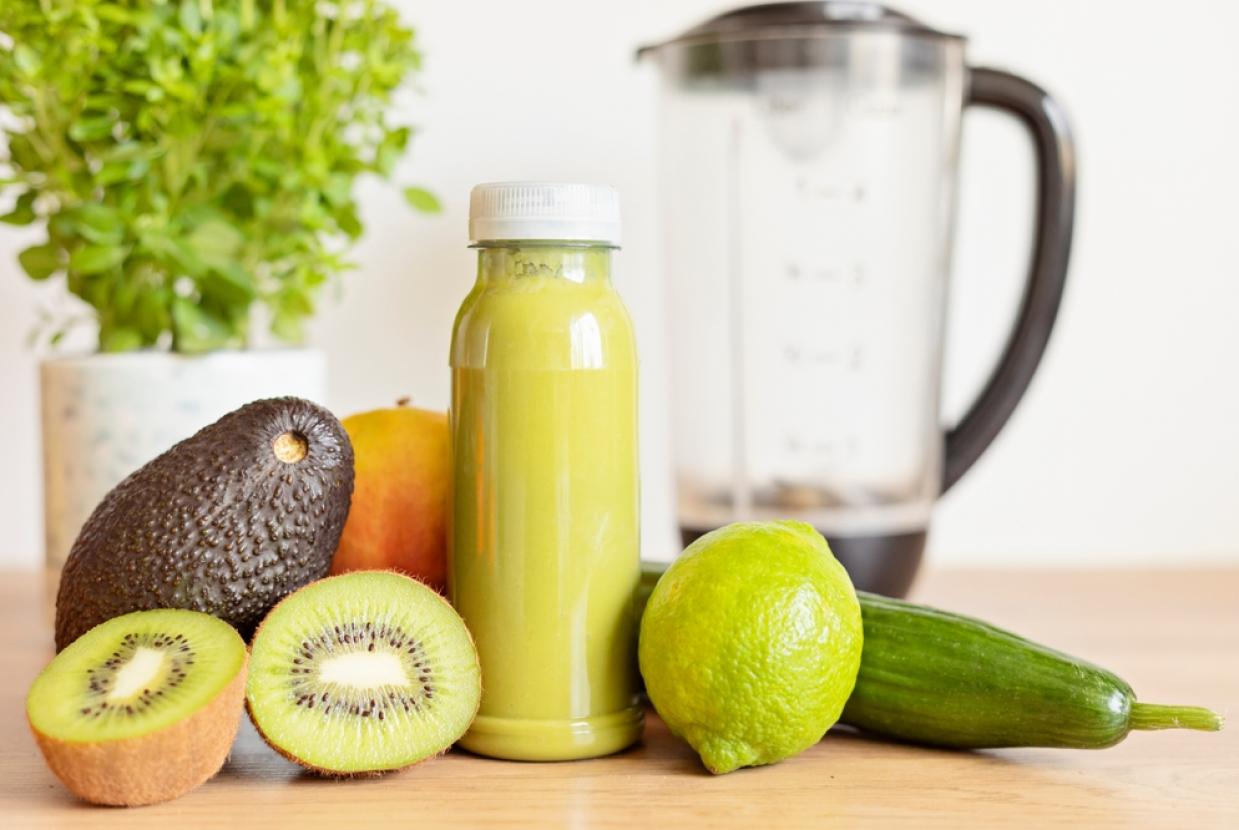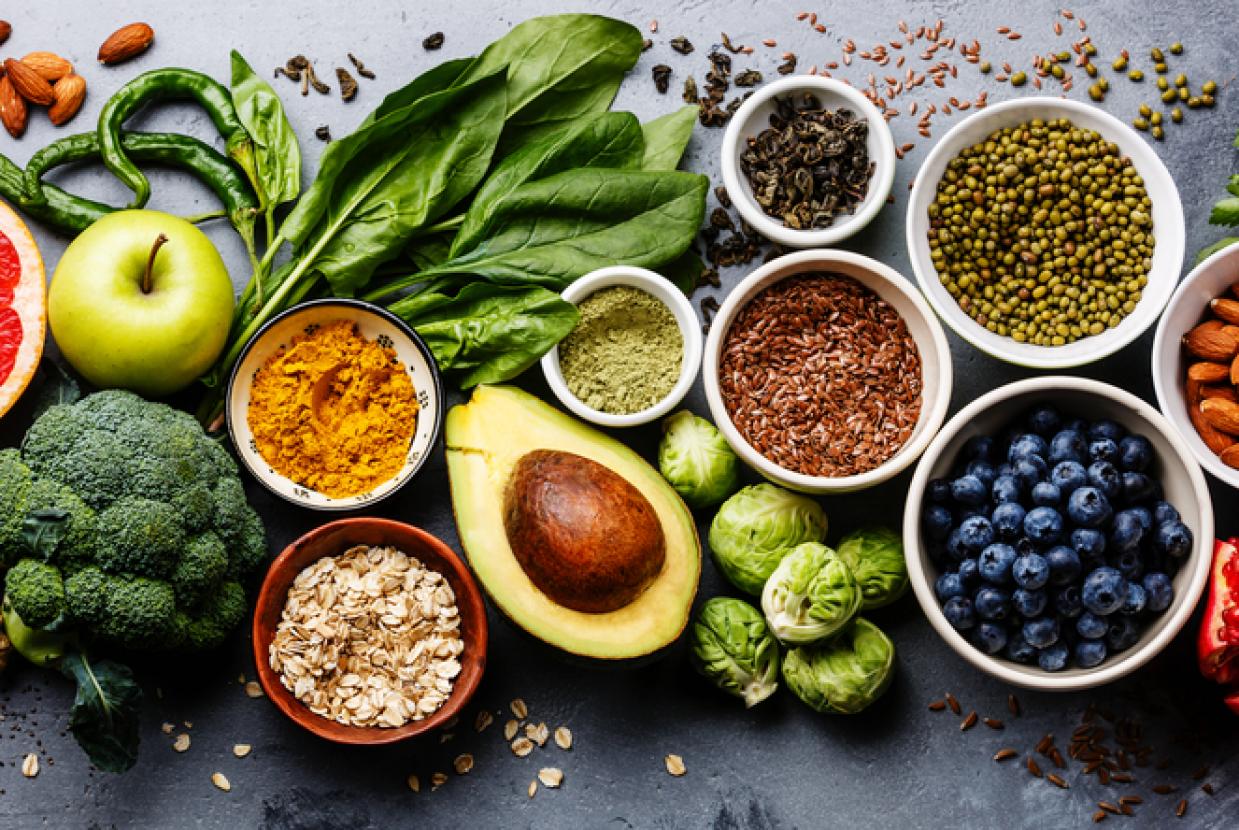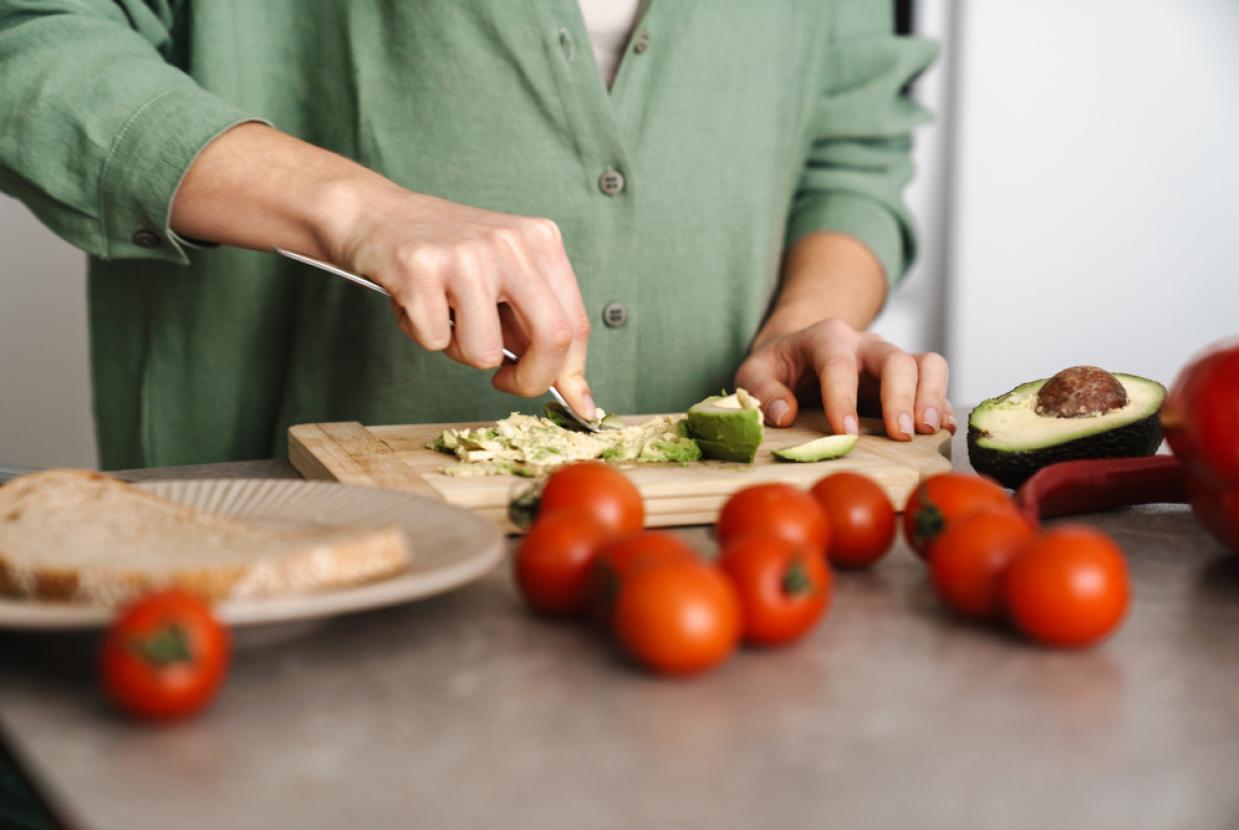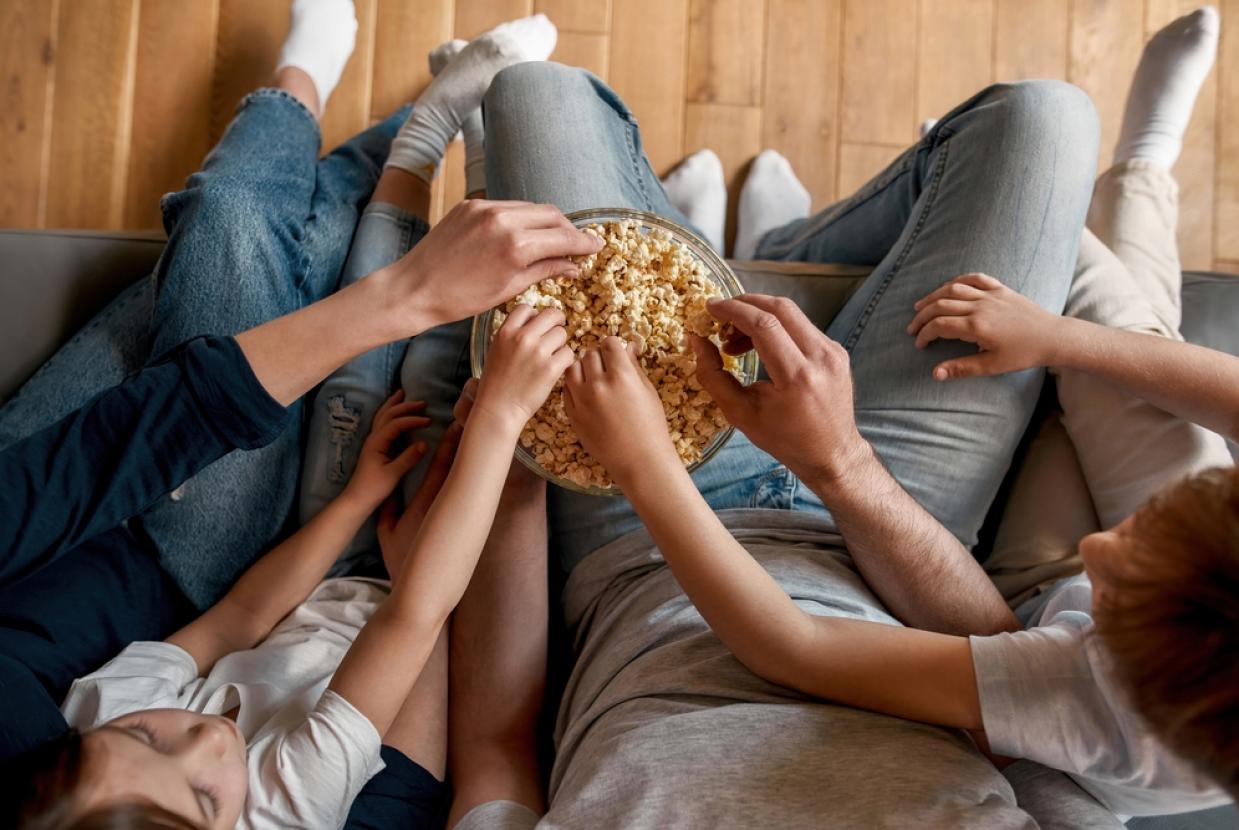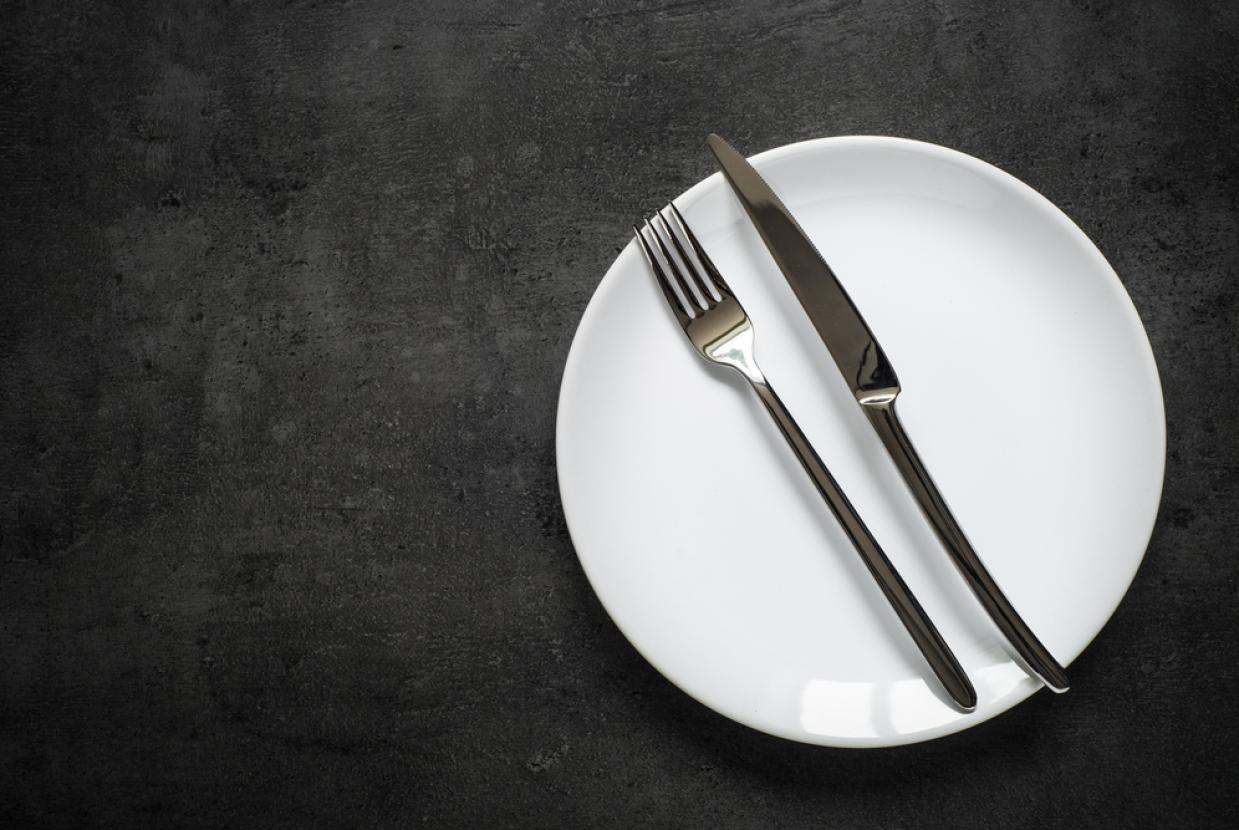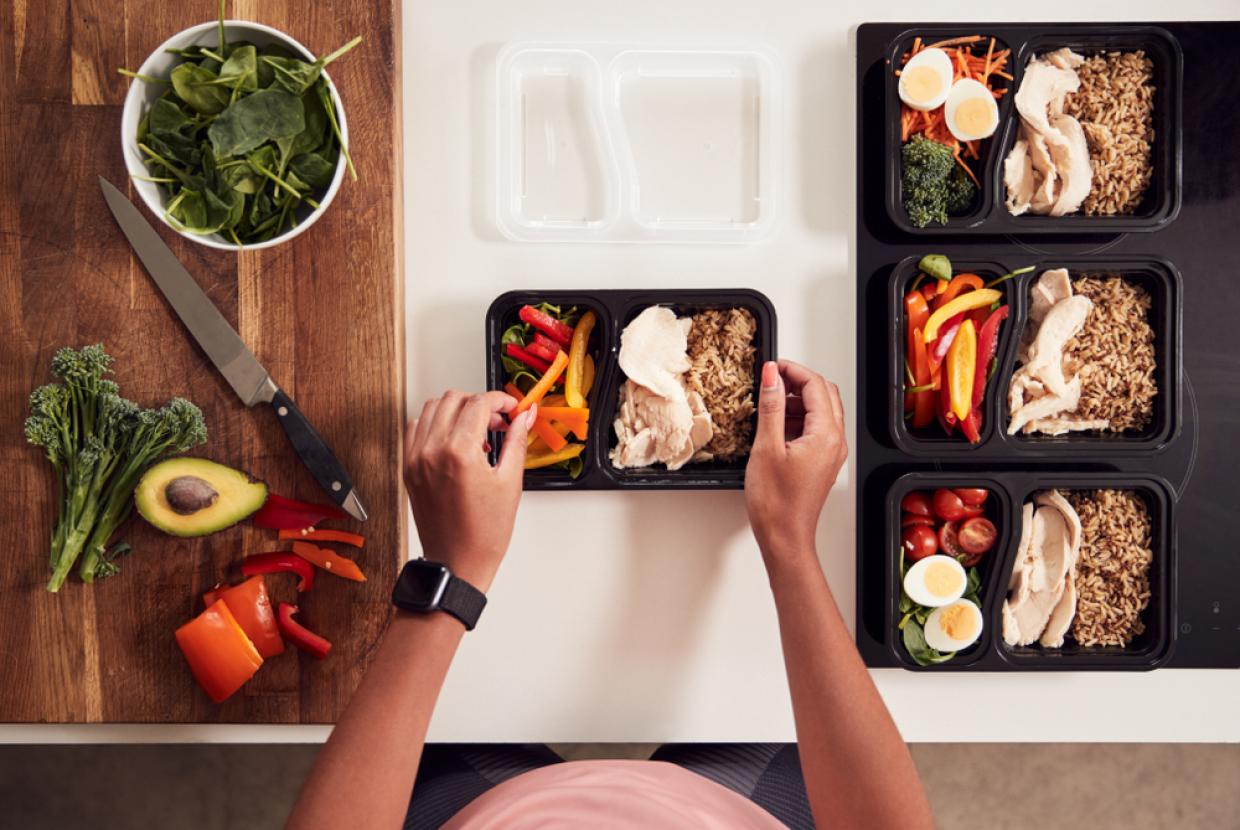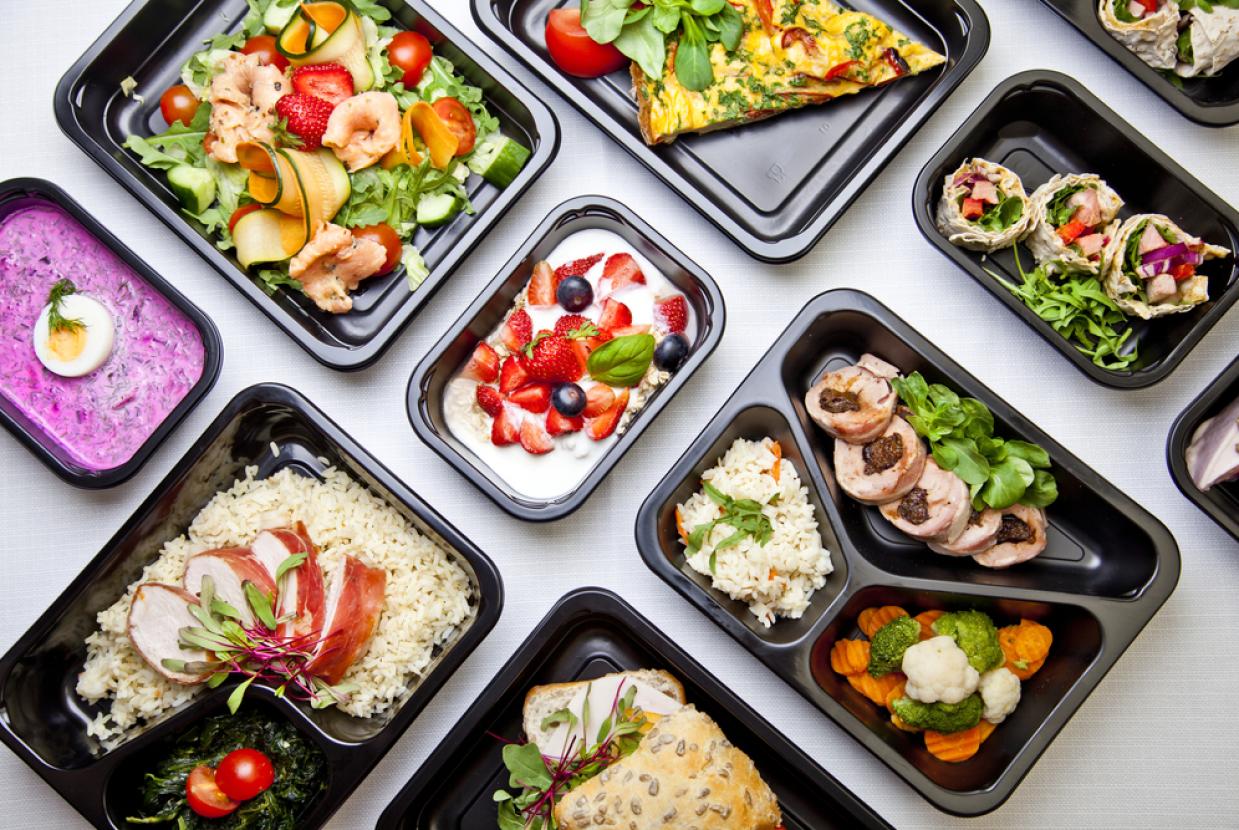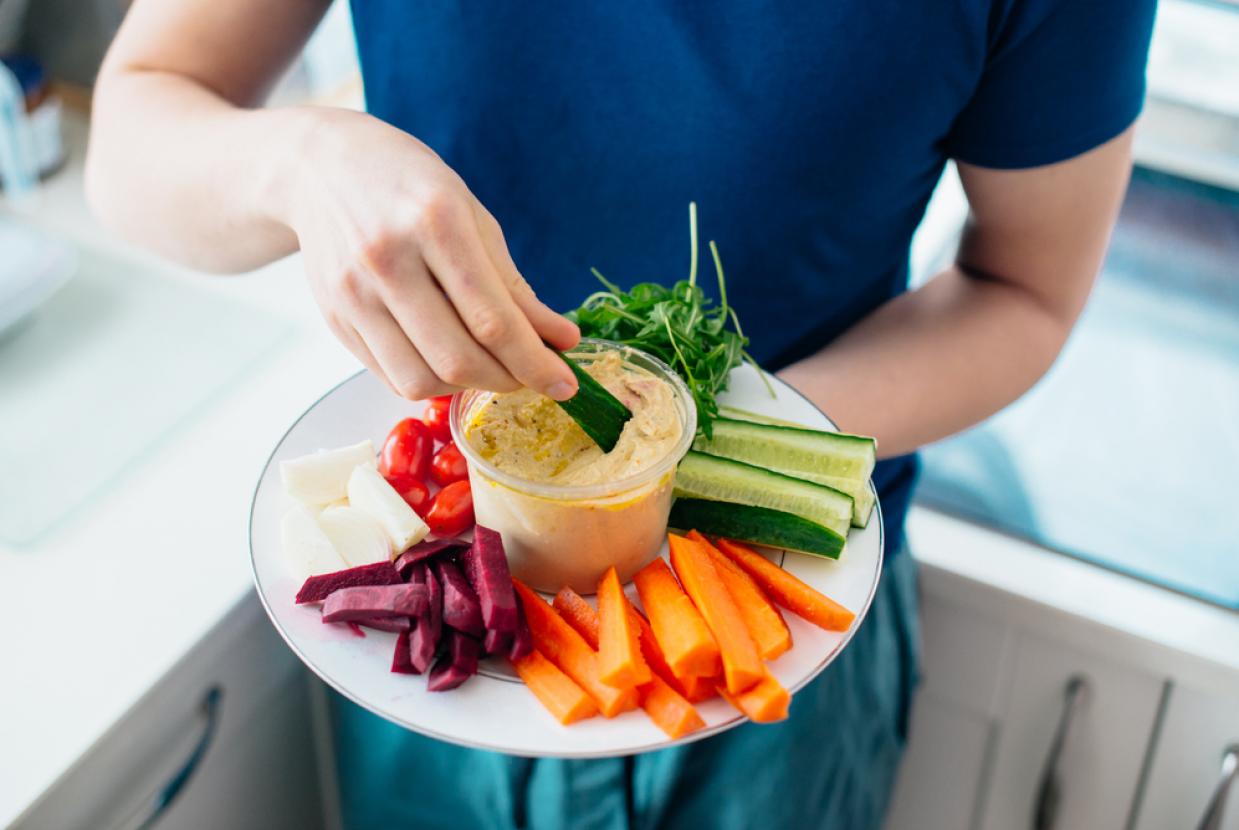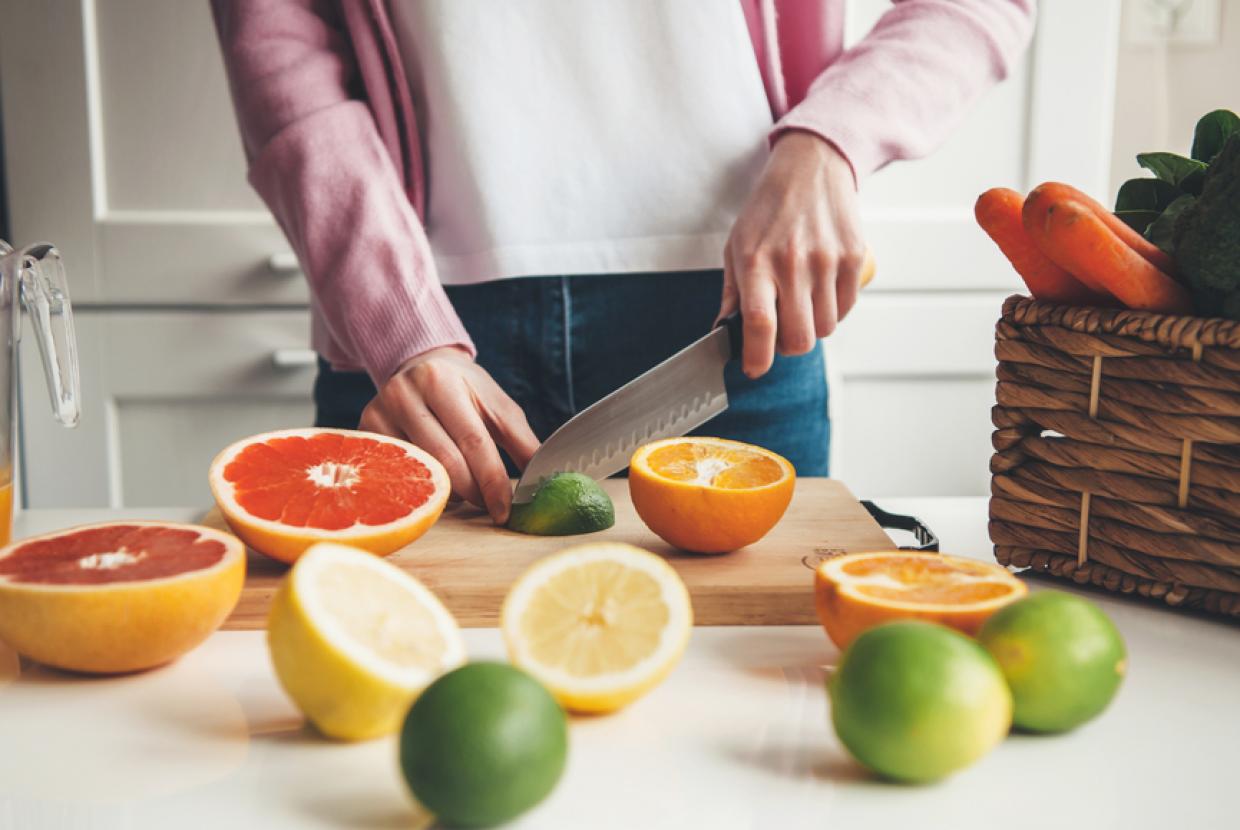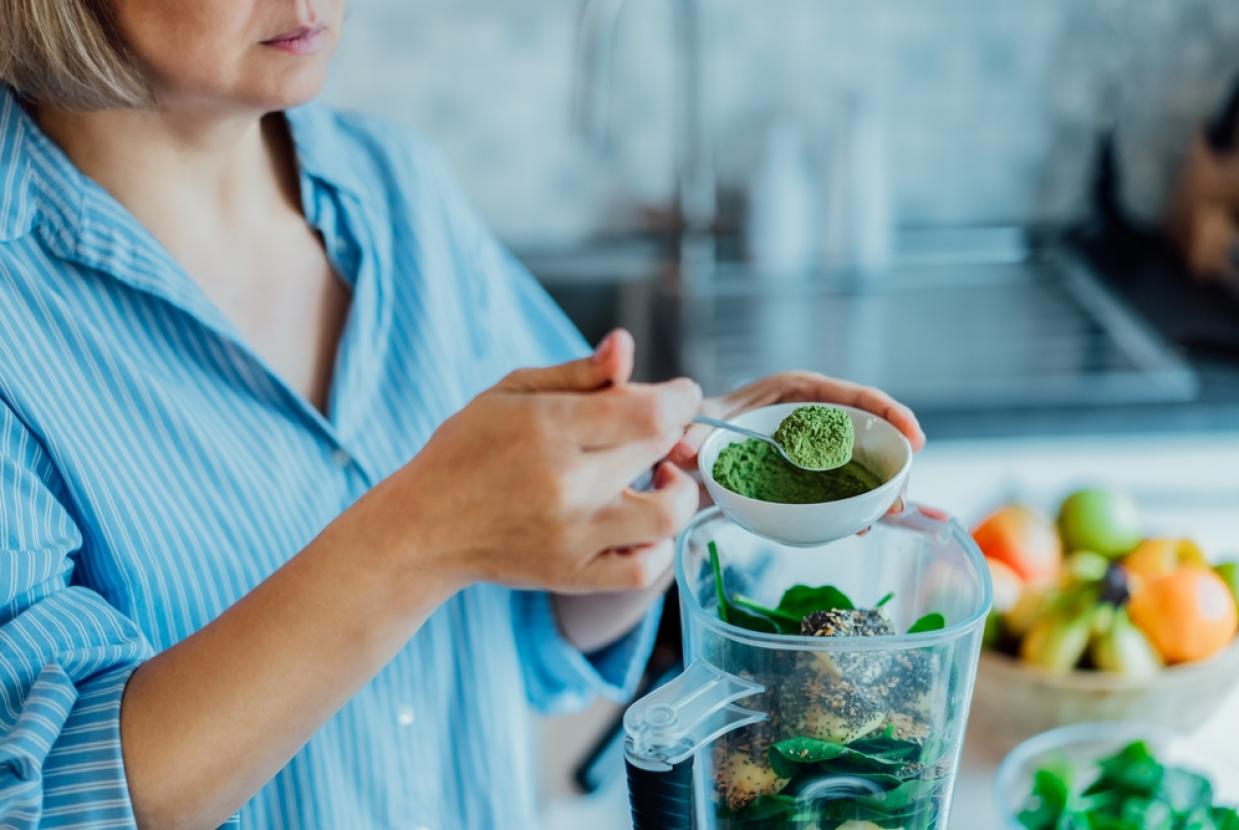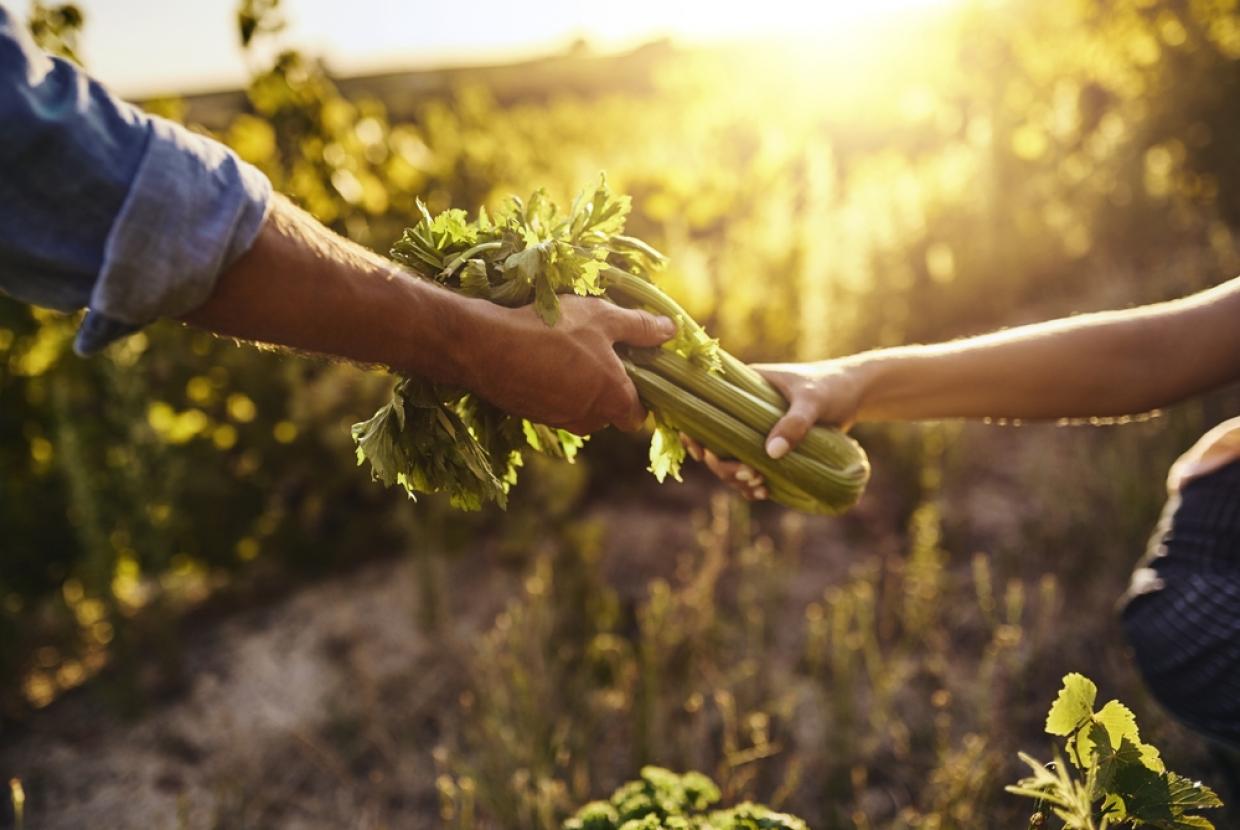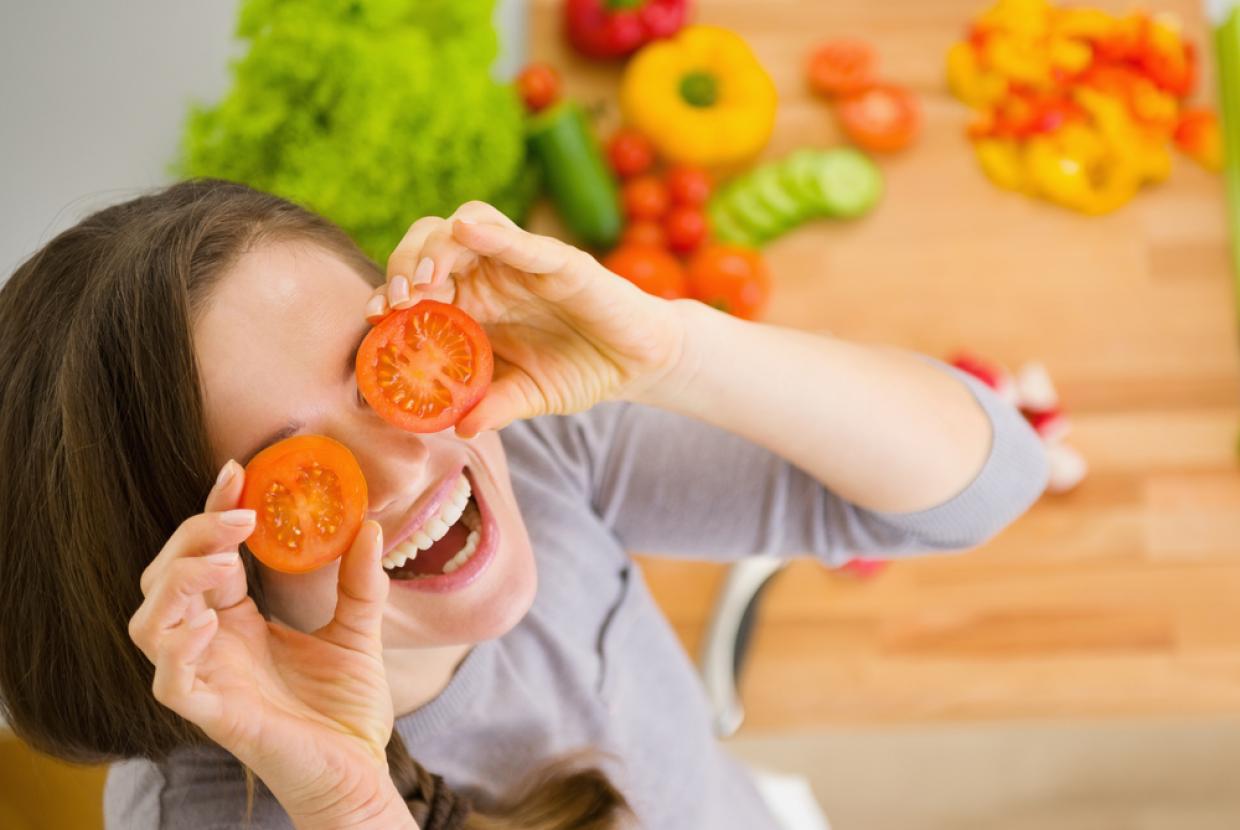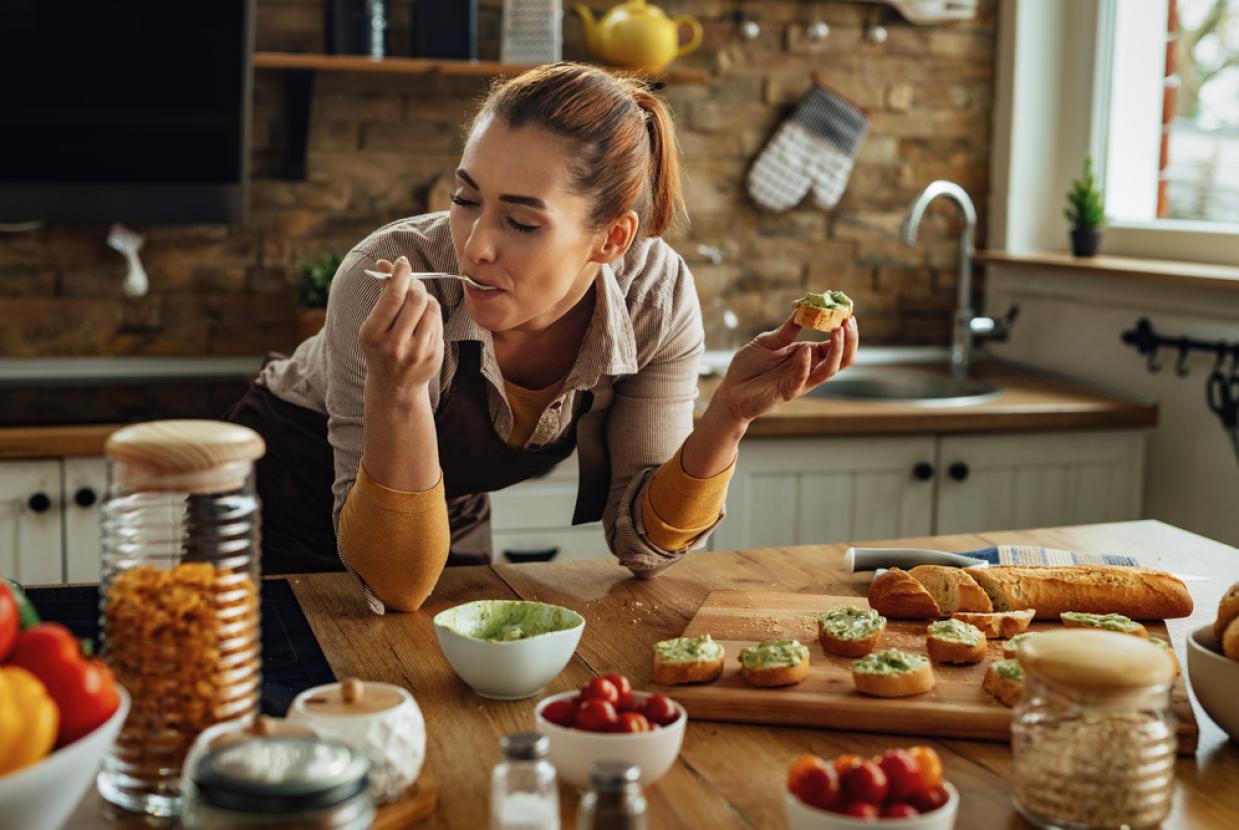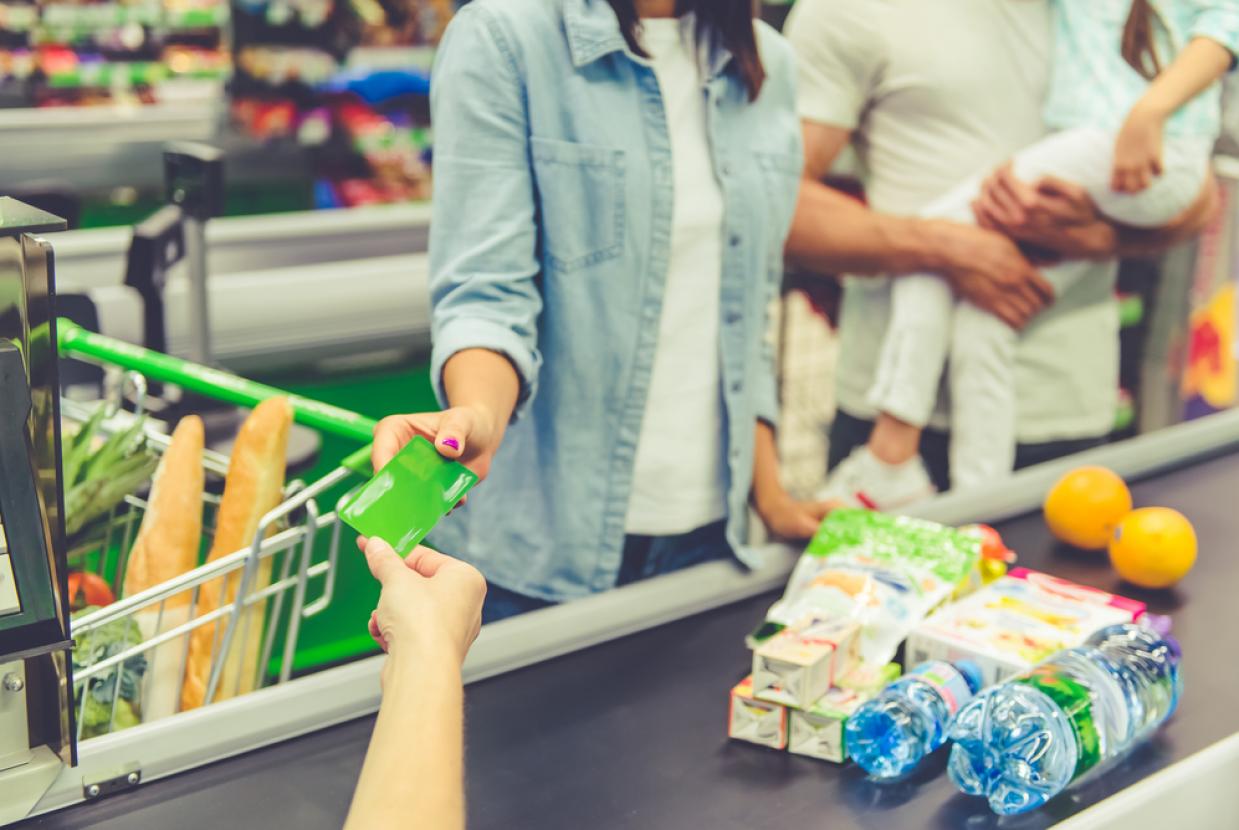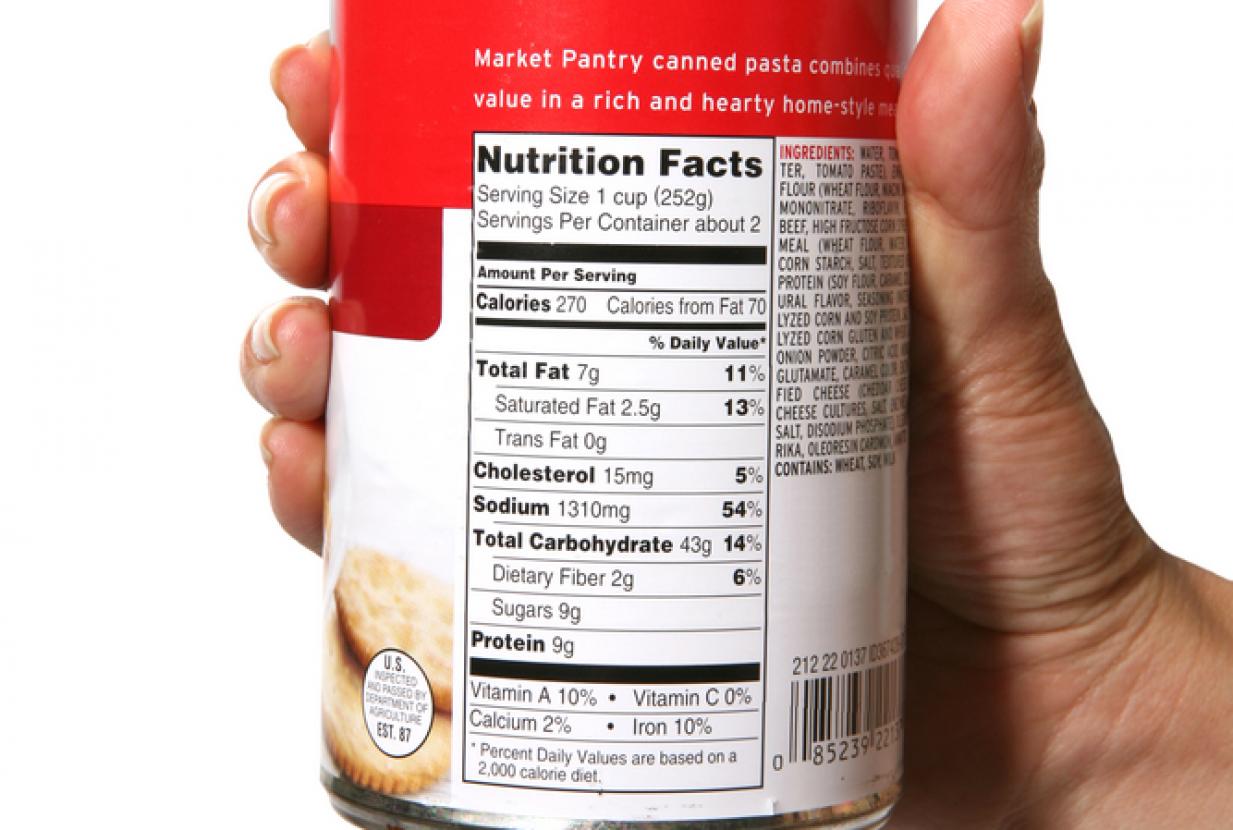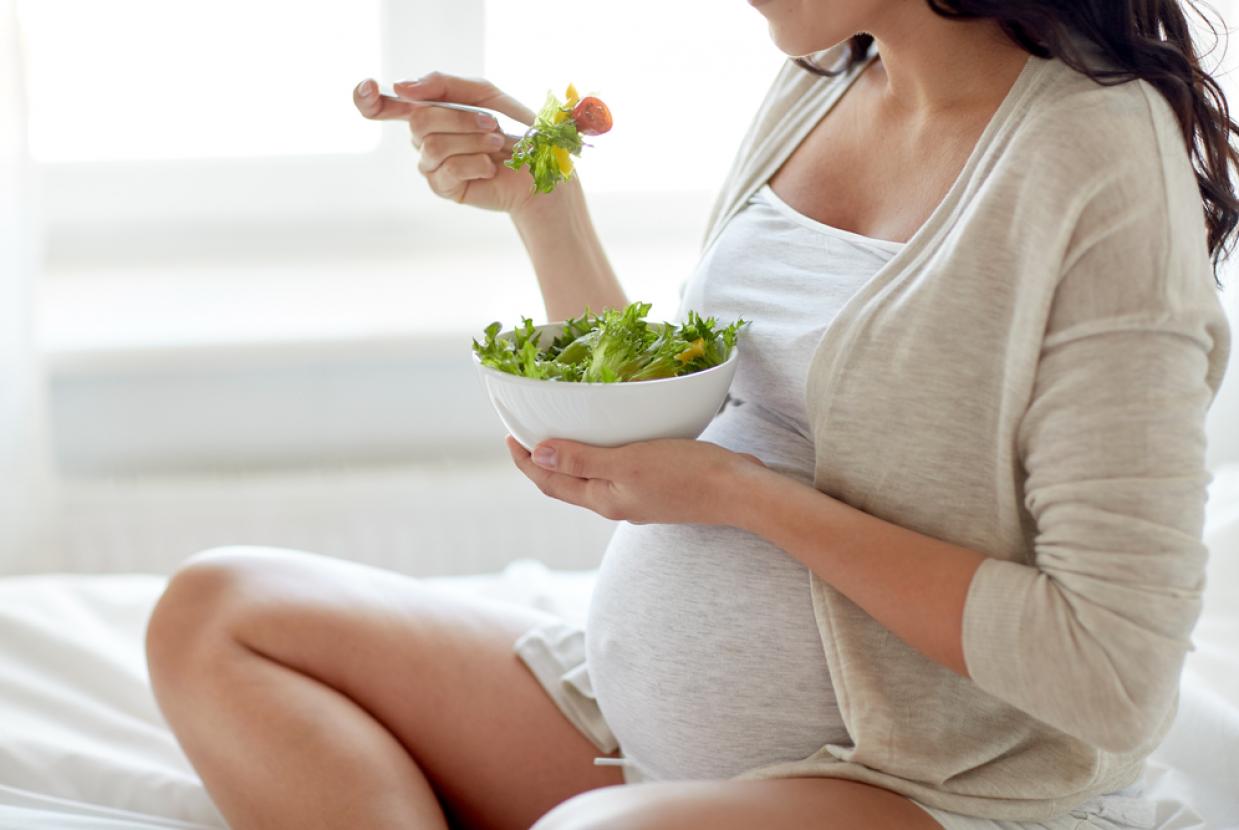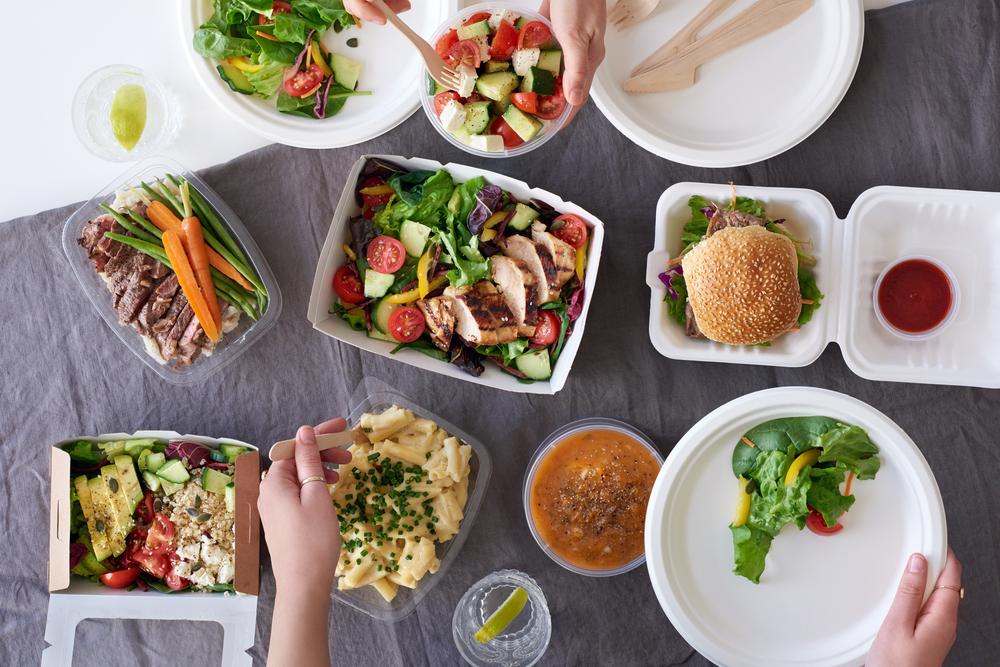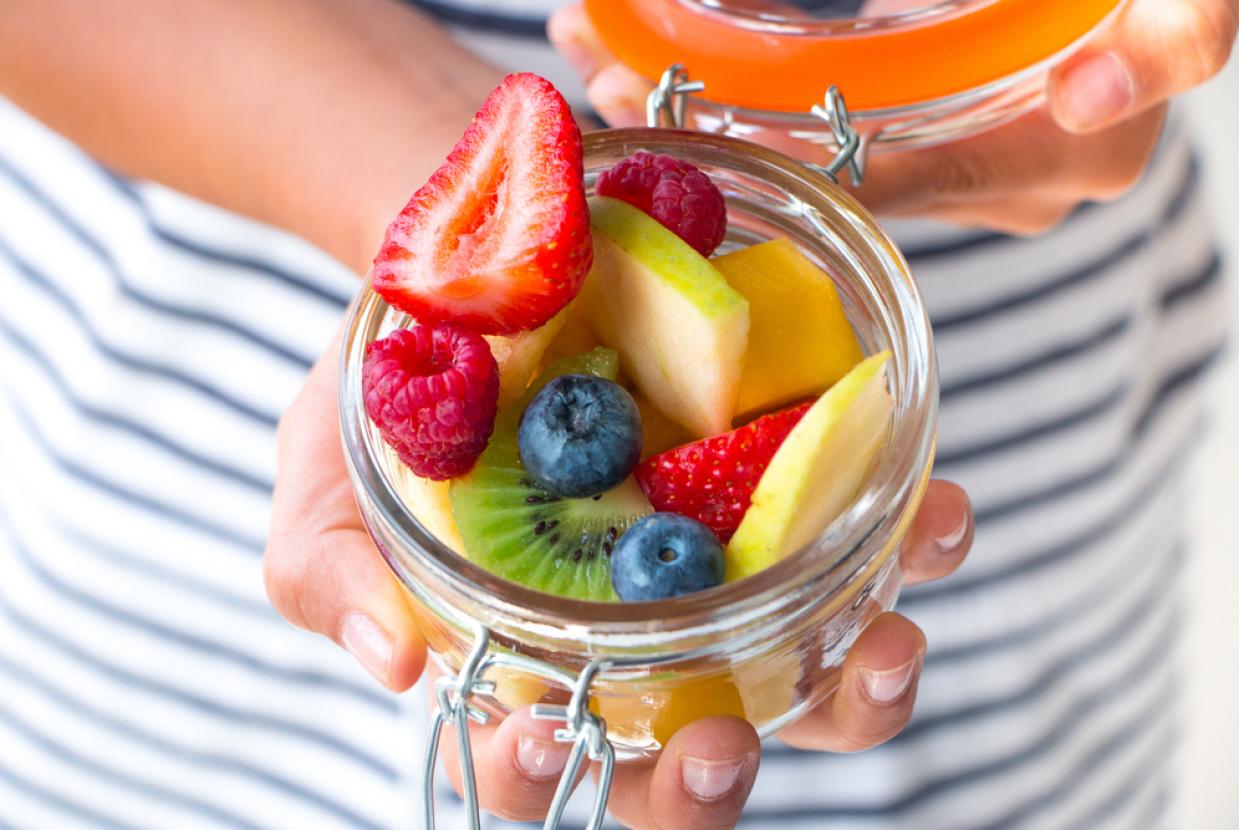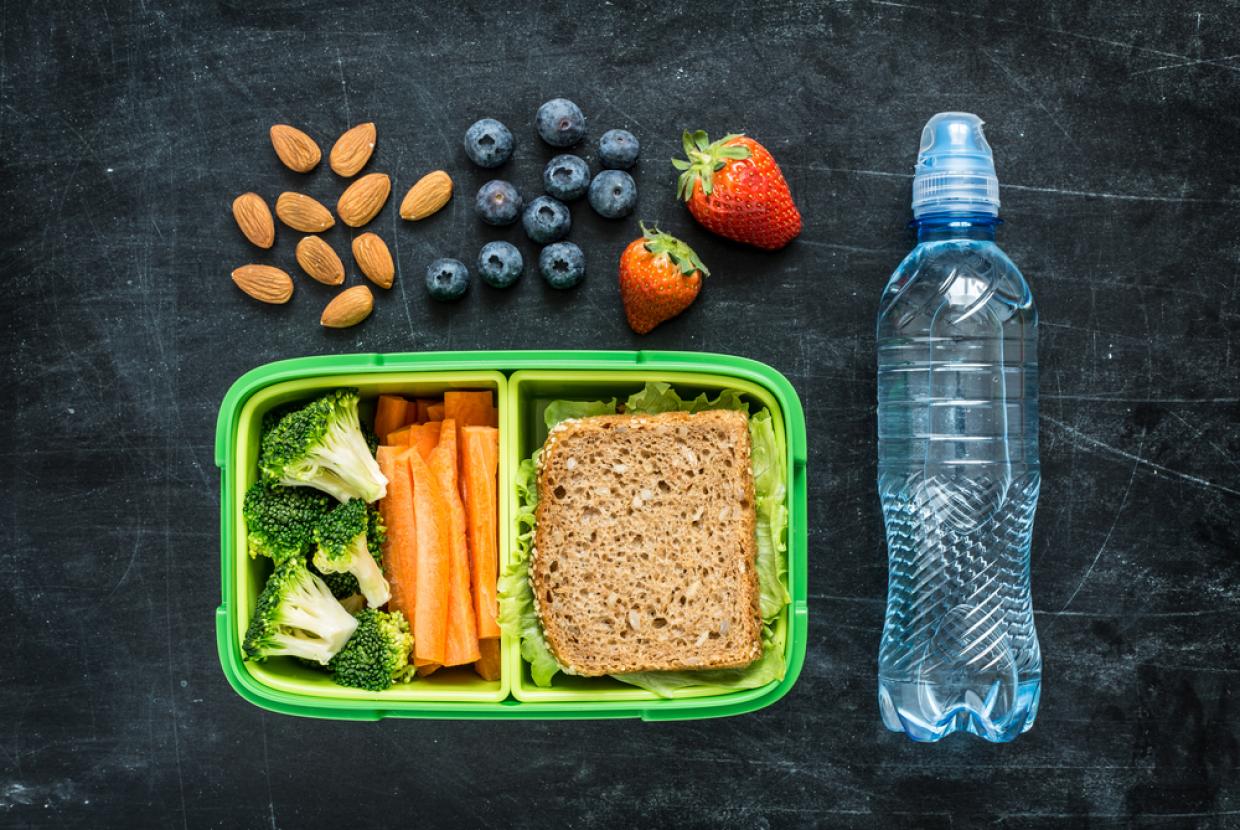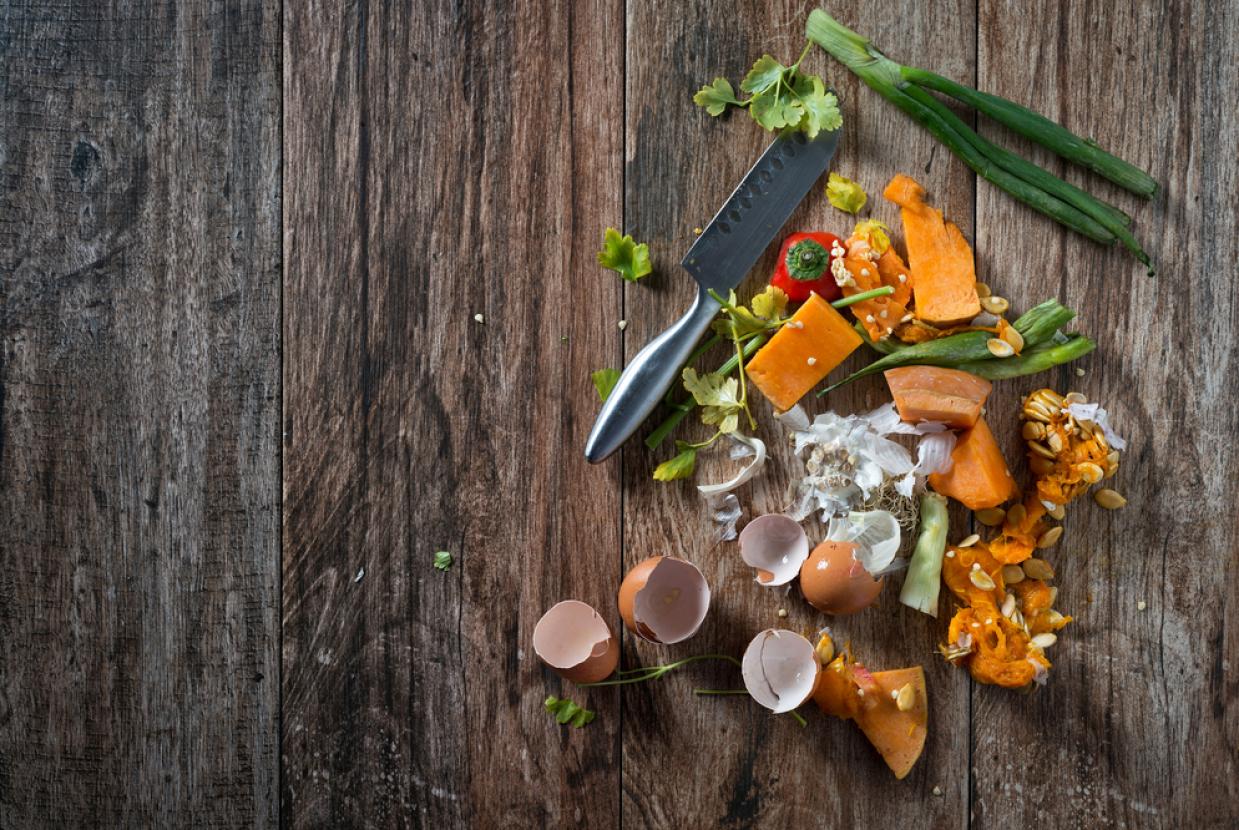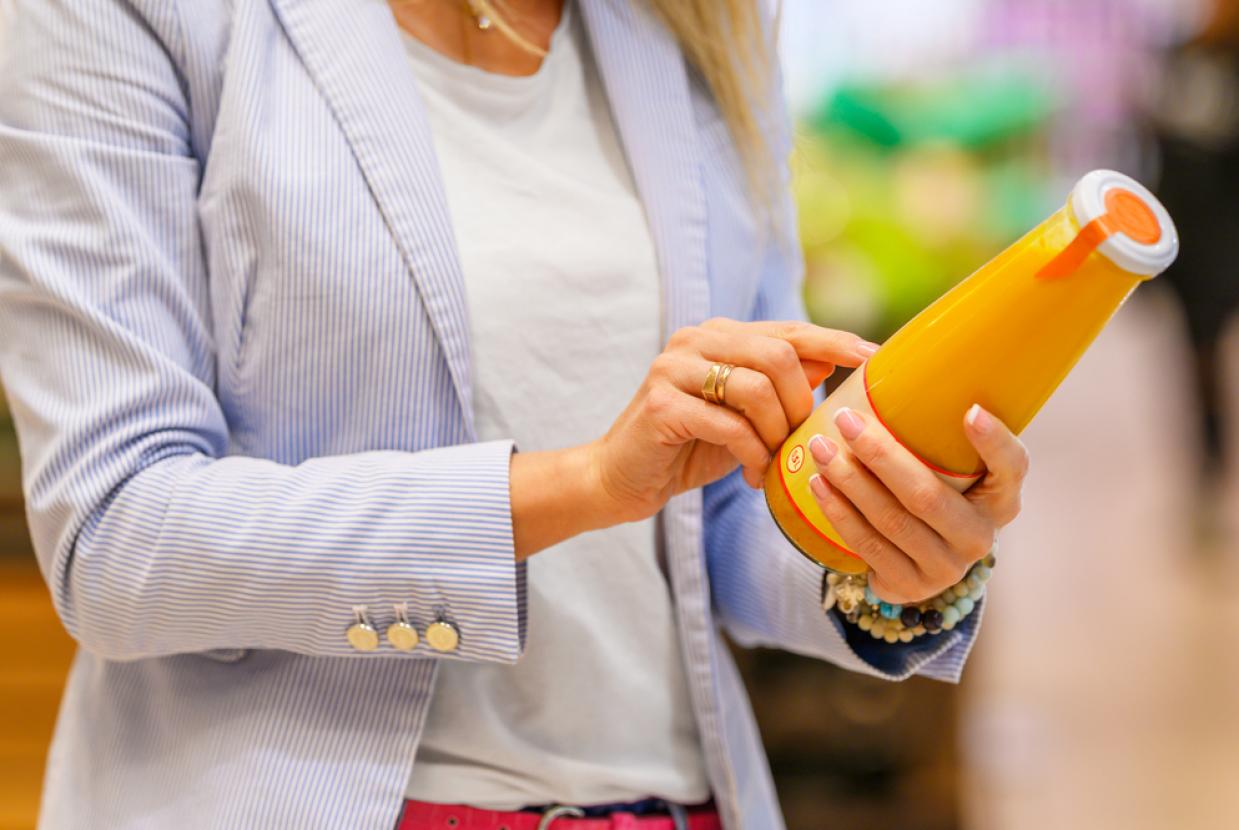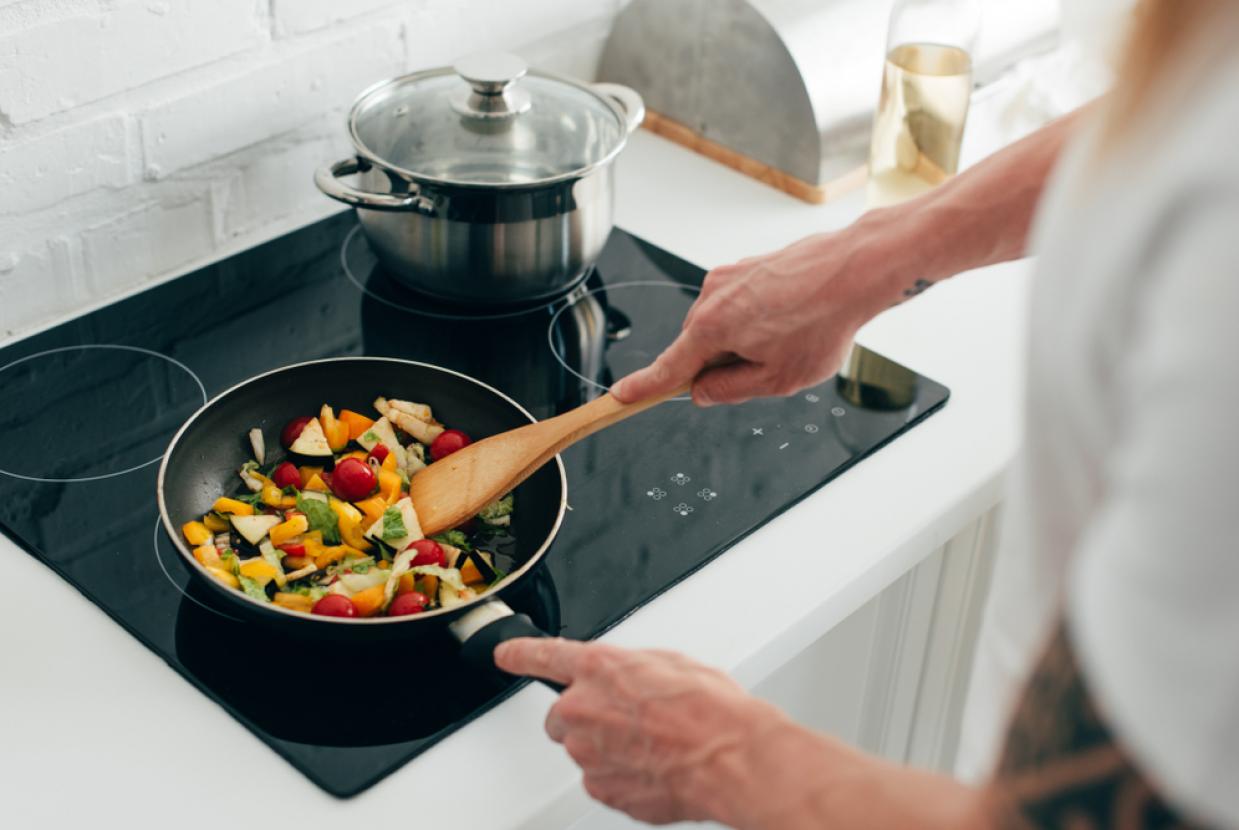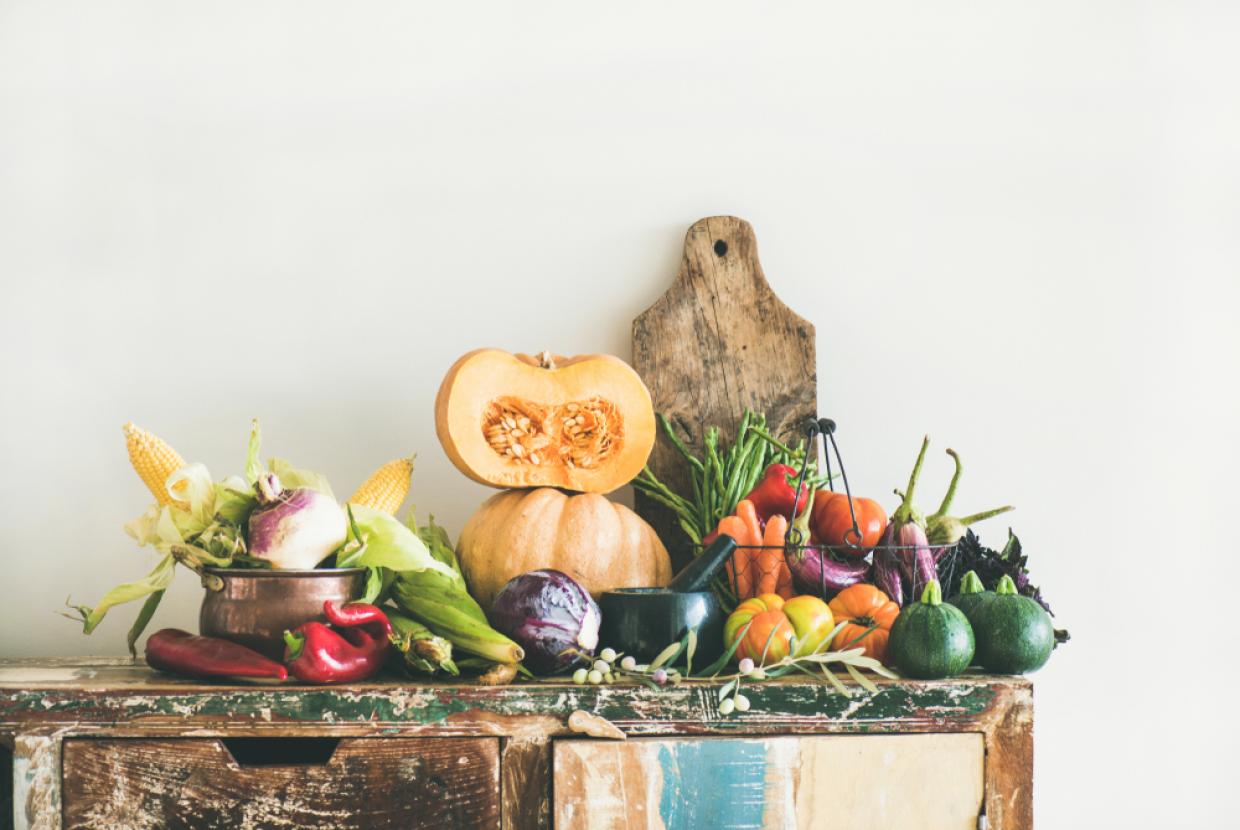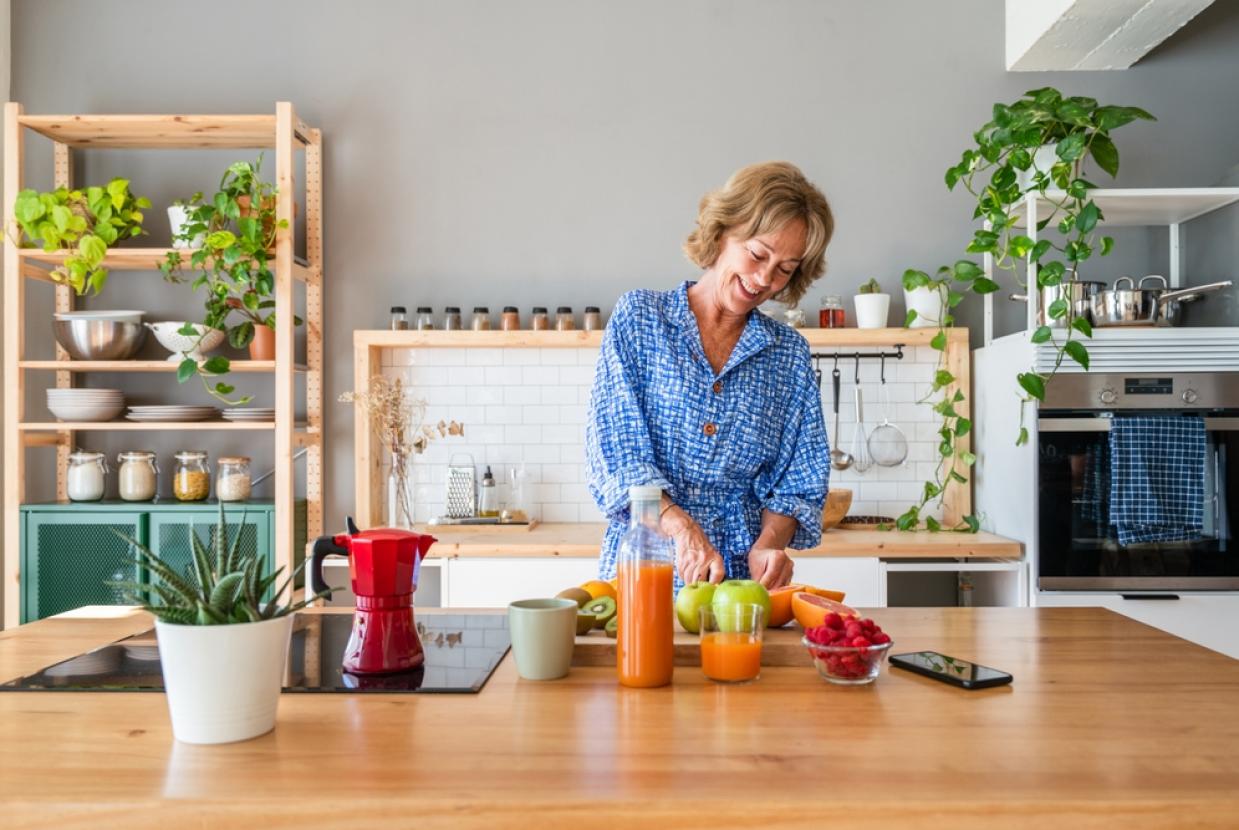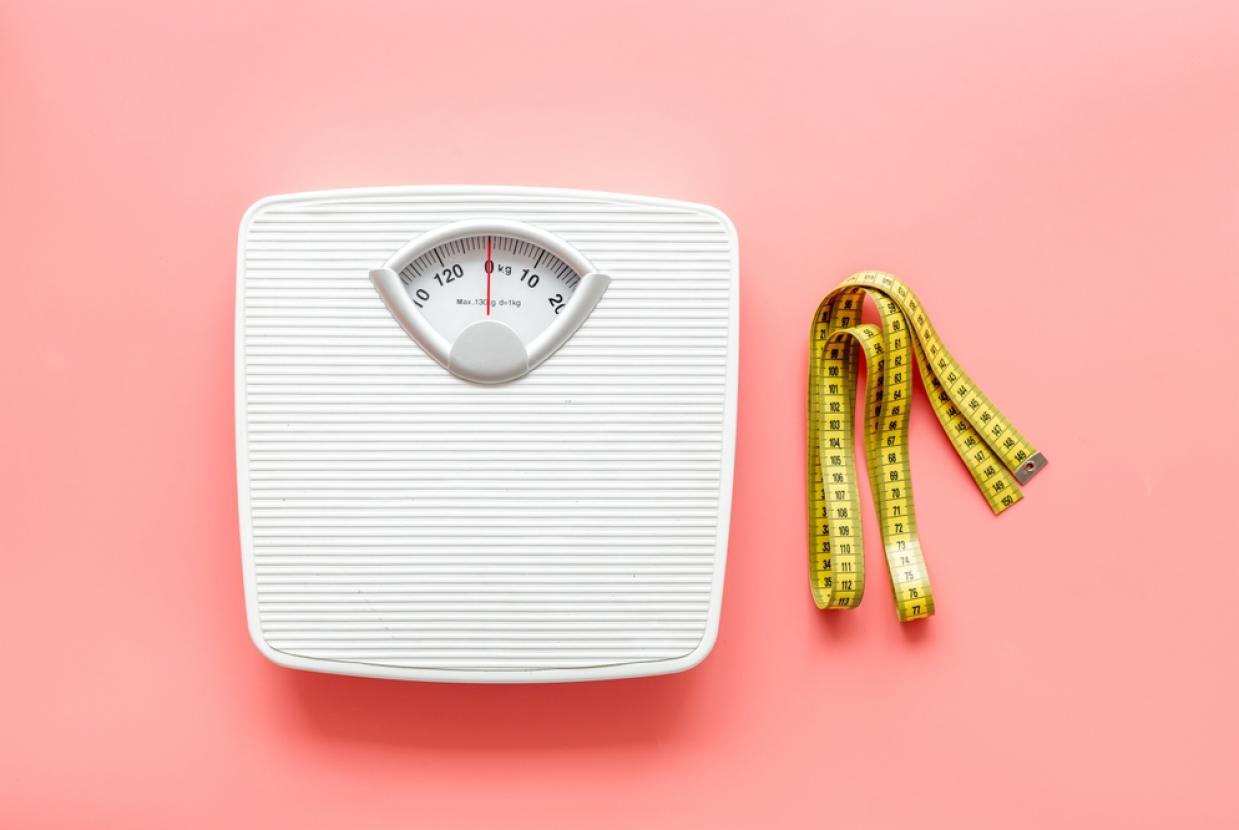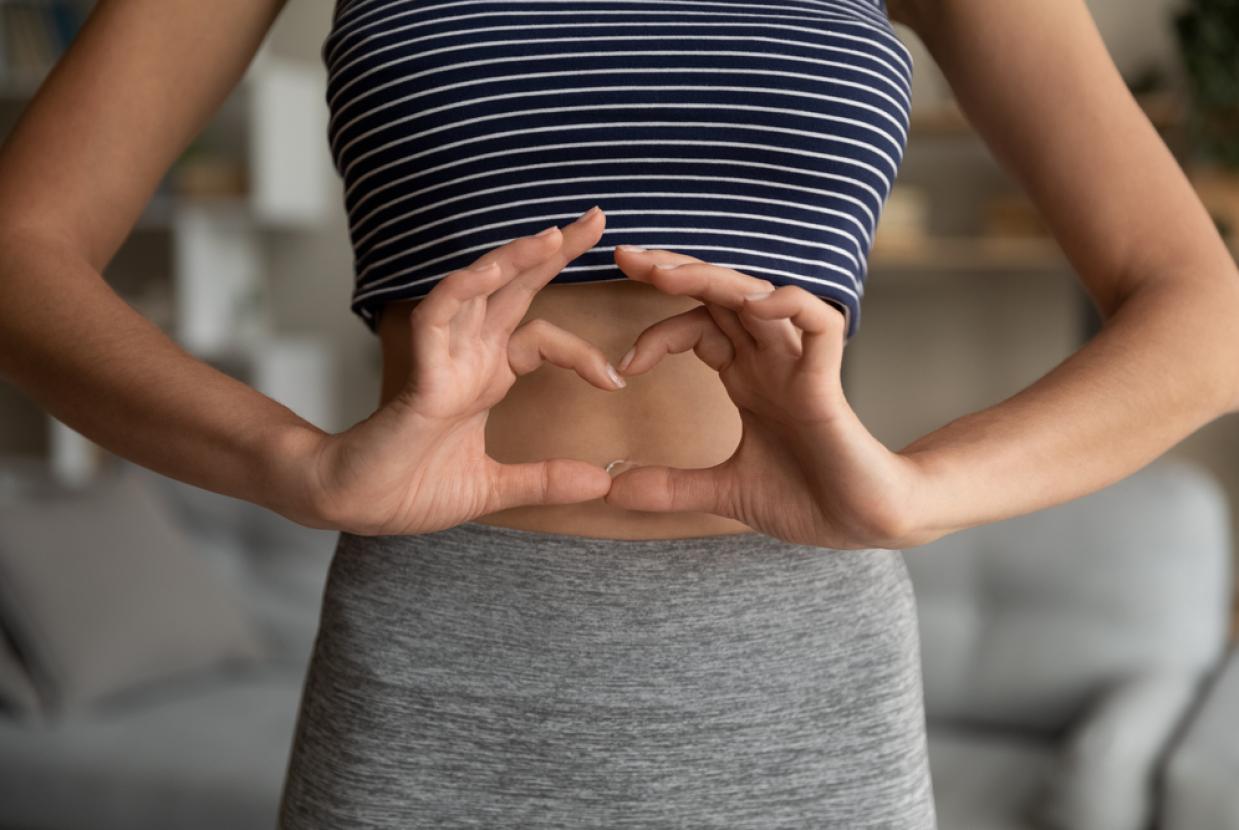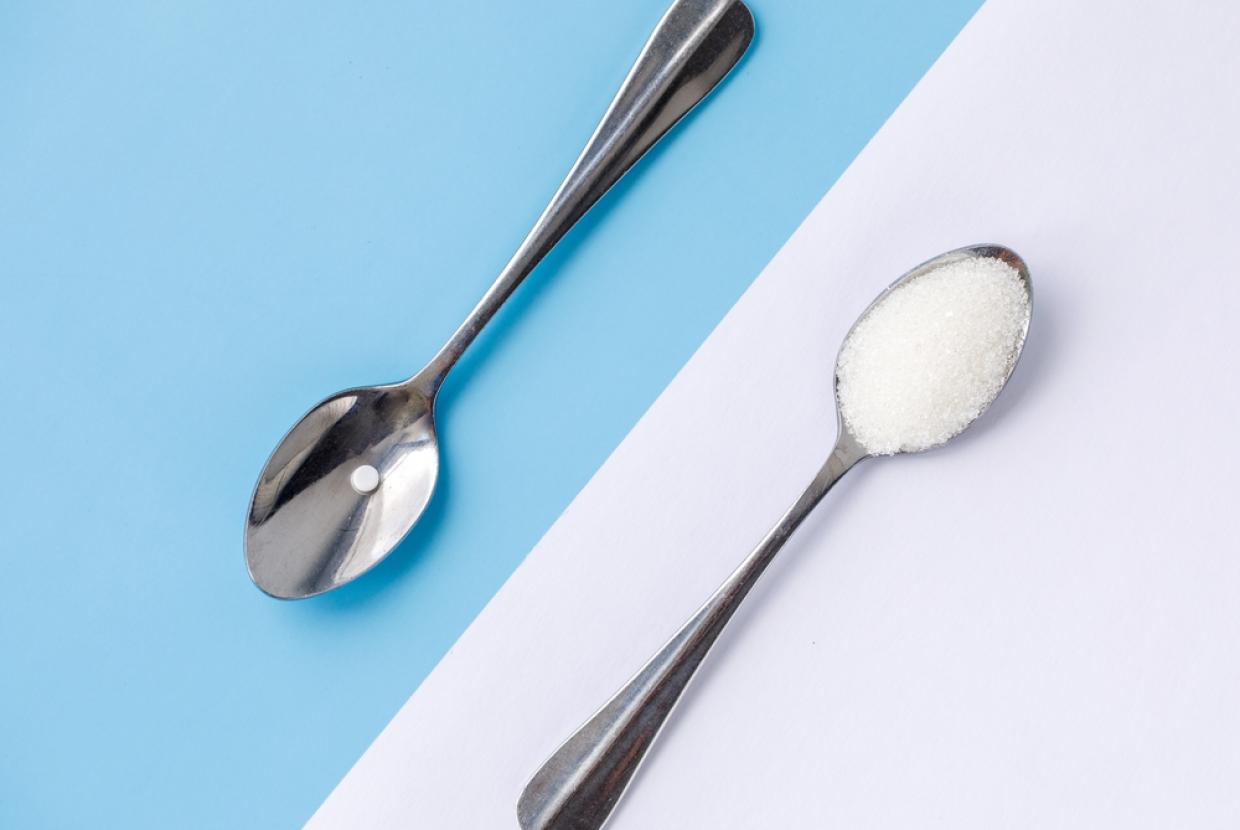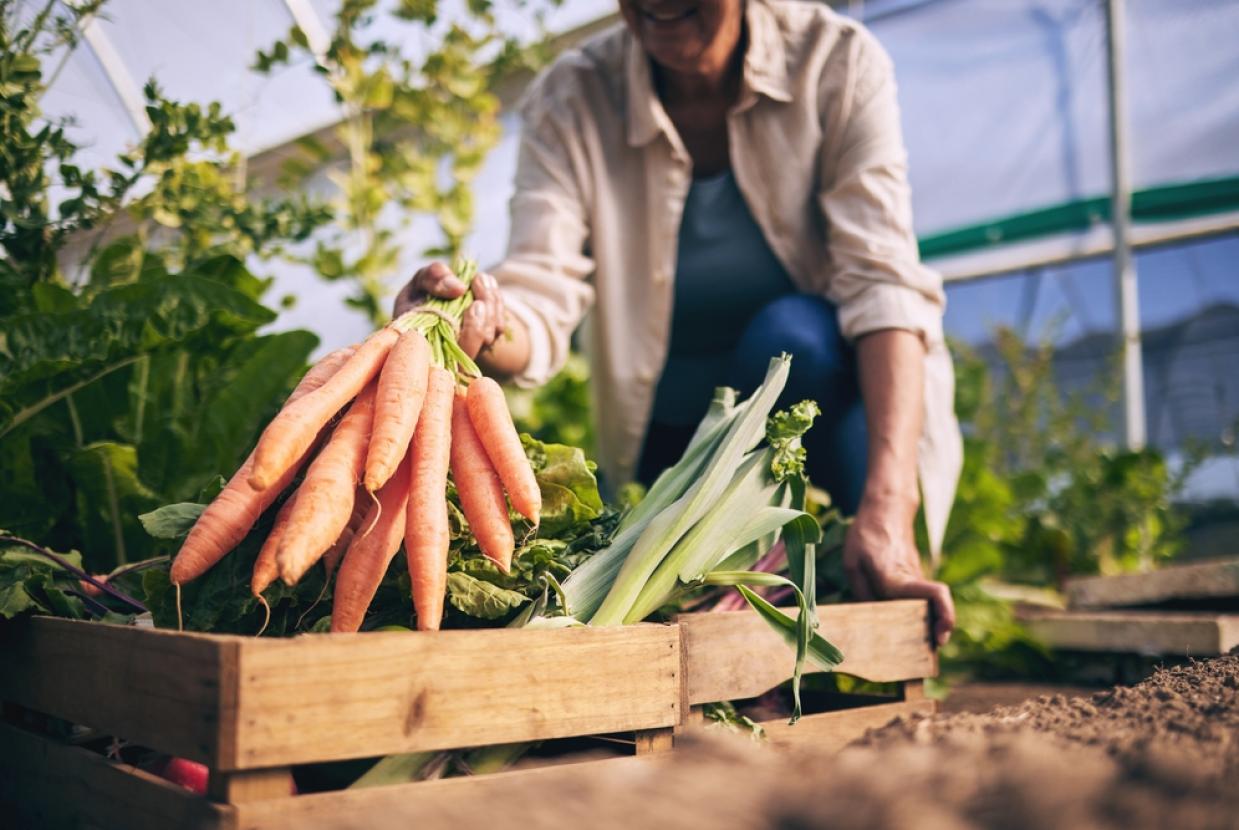Balancing The Diet
We aim to give people access to reliable science-based information to support anyone on their journey towards a healthy, sustainable diet. In this section you can read about some practical ways that can help you have a balanced diet.
Your balanced diet - get portion wise!
Why think about portion size?
Most of us probably do not think about portion size when we eat – it depends on what we would usually have, how hungry we feel and how much is in a pack or on a plate. But having a healthy, balanced diet is about getting the right types of foods and drinks in the right amounts.
Getting portion size right for you
We’re all individuals with different needs. For healthy adults the types of different foods and drinks we need are pretty much the same for all of us. But, the amount of food we need varies from person to person.
The portion sizes we give are averages for healthy adults, based on a daily calorie need of 2000kcal – the amount estimated for an average, adult woman. If you’re tall or very active you may need more. If you’re a small person or are trying to lose weight, you may need smaller portions. If you use the hand measures we give, portion sizes will vary with the size of your hands and so, generally, bigger people will get bigger portions and smaller people will get smaller portions.
There are lots of different ways to eat a healthy, balanced diet and you can use this guidance to fit in with your preferences and beliefs – from a flexitarian (plenty of plant-based foods with some animal foods), to a vegetarian or vegan diet. It’s about balancing the food groups and finding the portion sizes that are right for you.
Across the day
From each food group we are suggesting:
- Fruit and vegetables: 5+ portions per day
- Starchy carbohydrates: 3-4 portions per day
- Beans, pulses, fish, eggs, meat and other proteins: 2-3 portions per day
- Dairy and alternatives: 2-3 portions per day
Measuring portion size
If you really want to measure portion size accurately the best way is to weigh your food but we have provided some practical measures using your hands and spoons that you can use to get an idea of sensible portion sizes.
For example:
- Two handfuls of dried pasta shapes or rice (75g)
- A bunch of spaghetti the size of a £1 coin, measured using your finger and thumb (75g)
- the amount of cooked pasta or rice that would fit in two hands cupped together (180g)
- A baked potato about the size of your fist (220g)
- About three handfuls of breakfast cereal (40g)
- A piece of grilled chicken breast about size of your whole hand (120g)
- A piece of cheddar cheese about the size of two thumbs together (30g)
- About one tablespoon of peanut butter (20g)
- About three teaspoons of soft cheese (30g)
We first published these guides in 2019 and in 2021 we have been working to evaluate the originals. We have talked to a range of different people through in-home interviews, online surveys an industry panel and a consumer panel, to see if they found the guides useful to help them eat a more balanced diet. The Your balanced diet – get portion wise guides have been updated to make the key messages clearer and to include more information about how to put the advice into practice in meals and snacks. We have also updated some of the portion size measures in the full portion size guide and added more foods to the lists.
We hope these guides help you put a healthy, balanced diet into practice and to find your balance!


